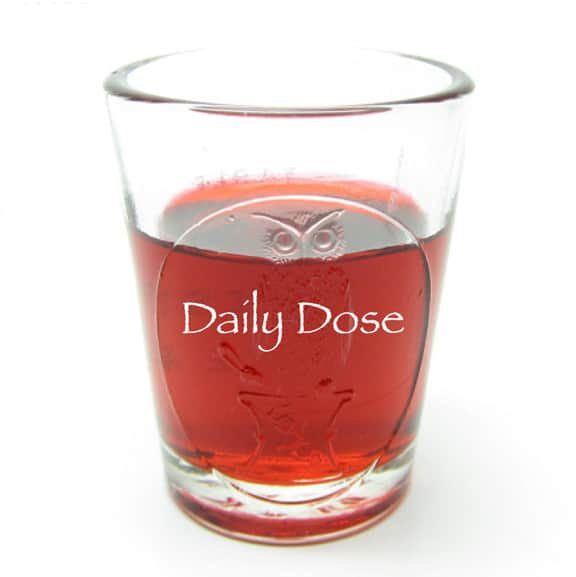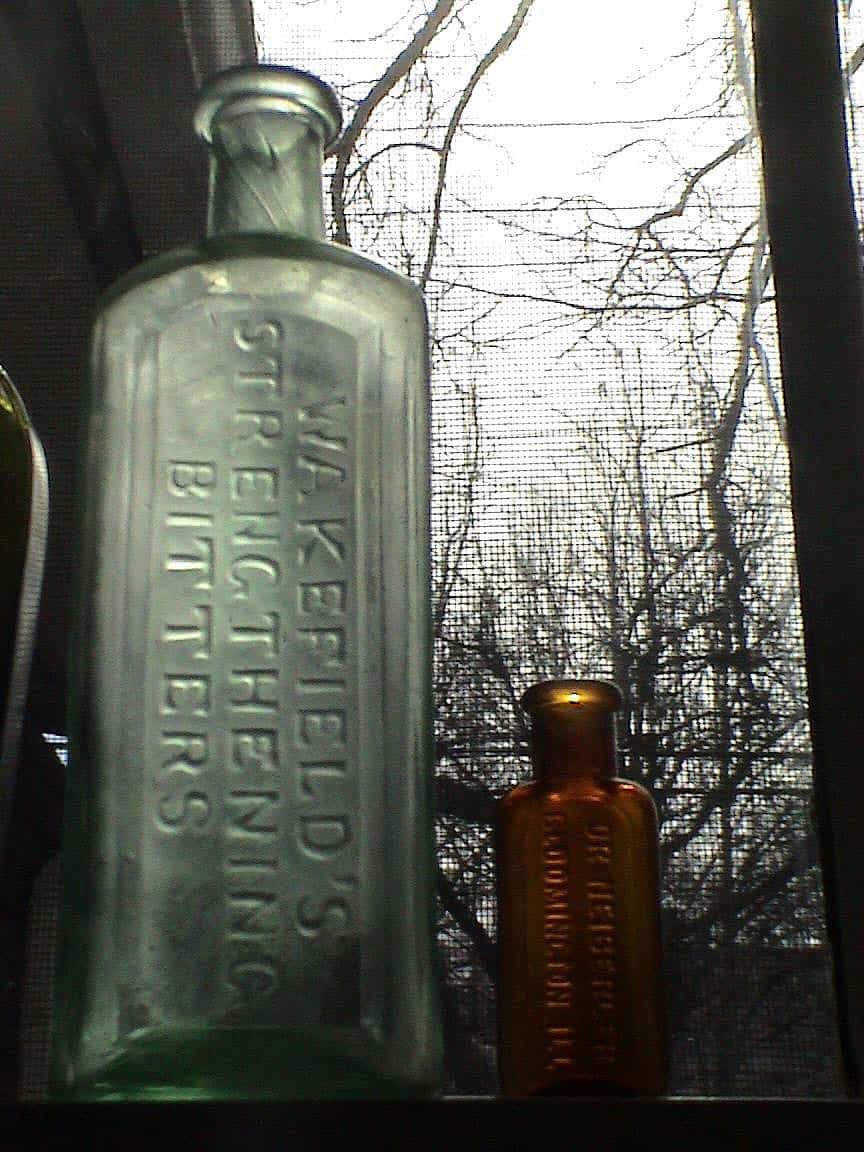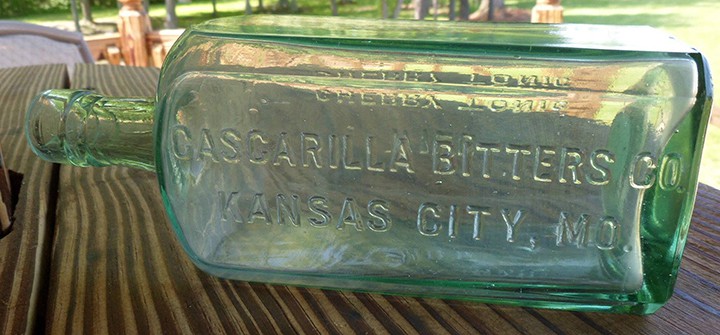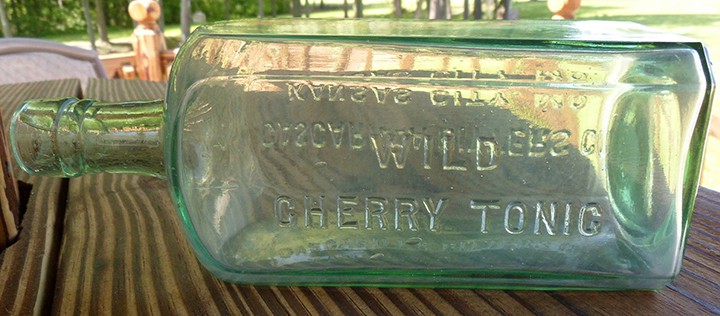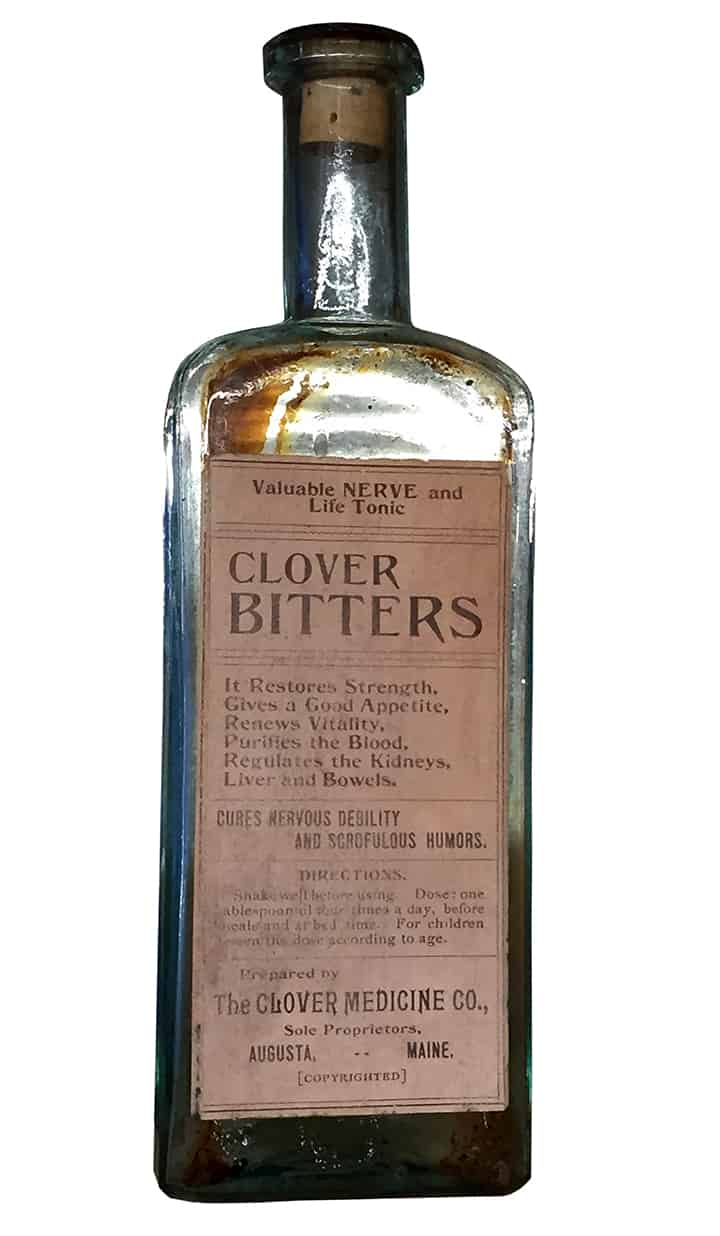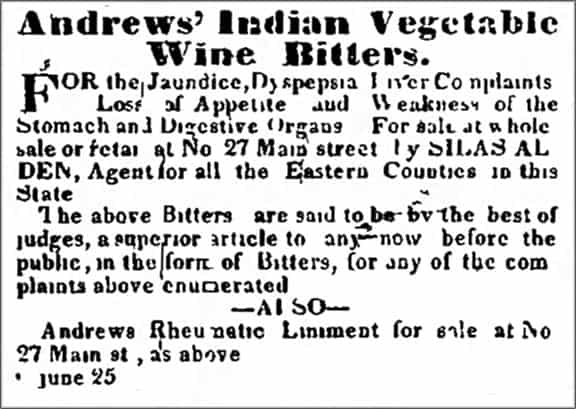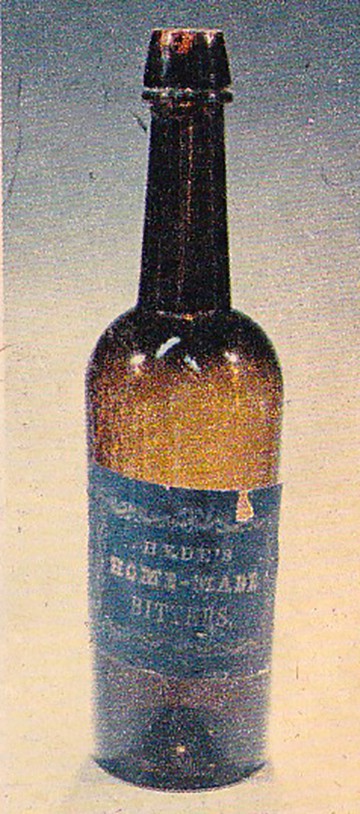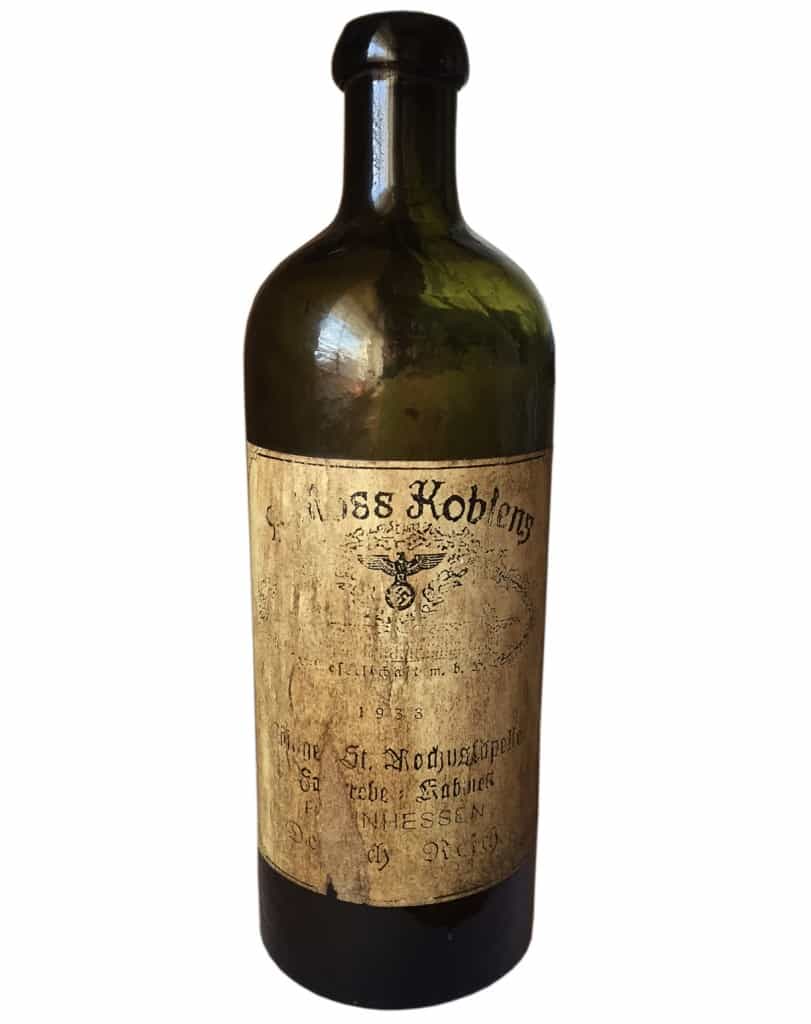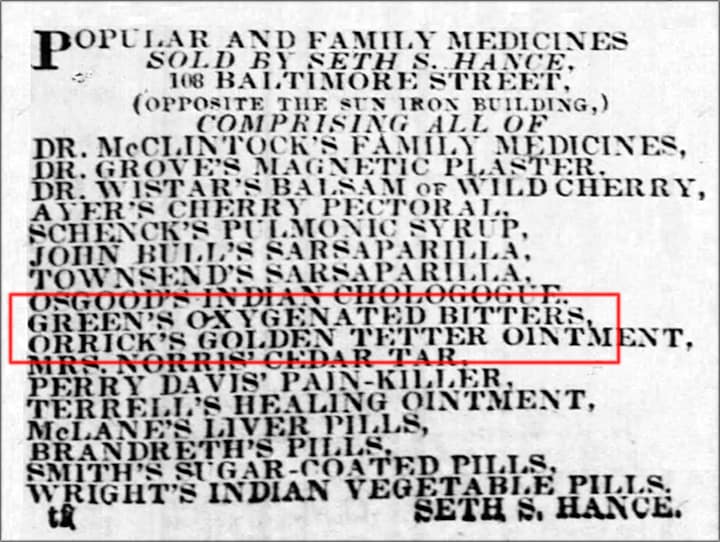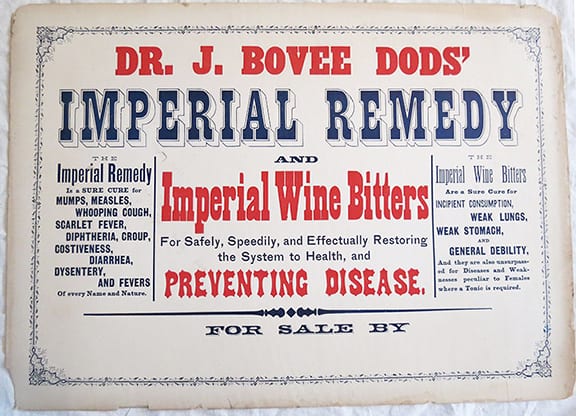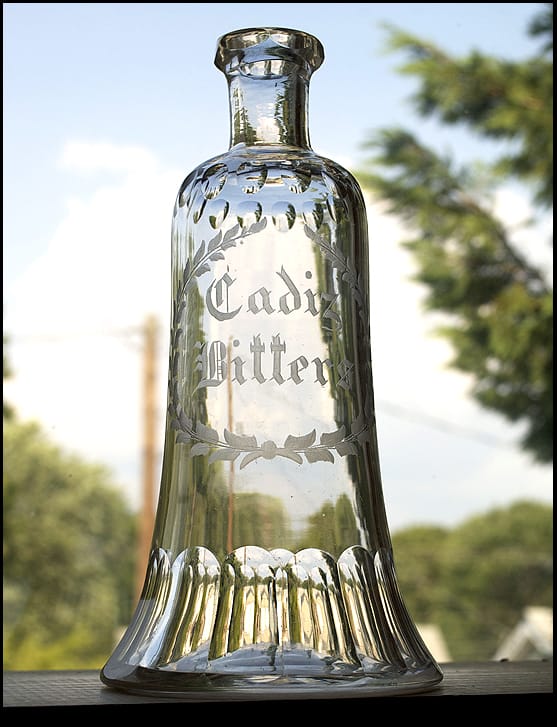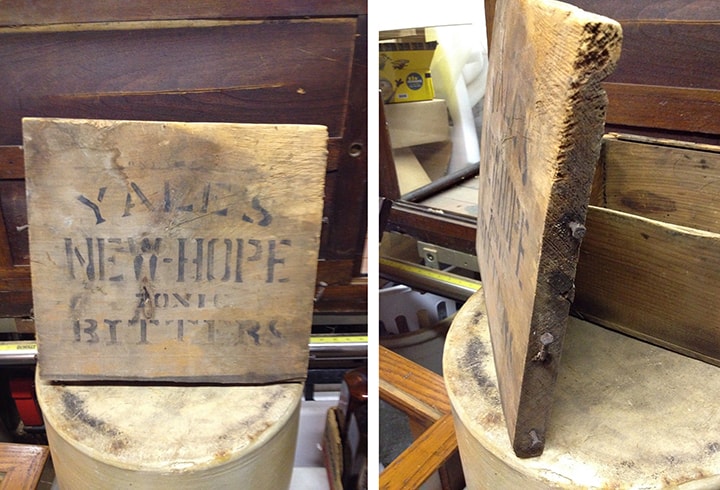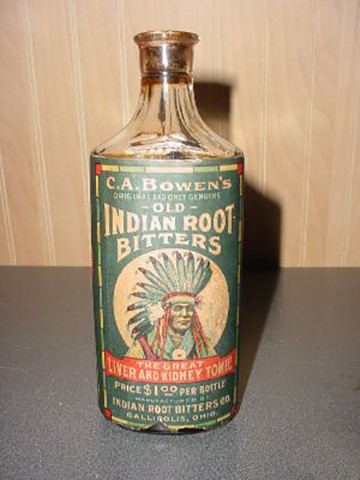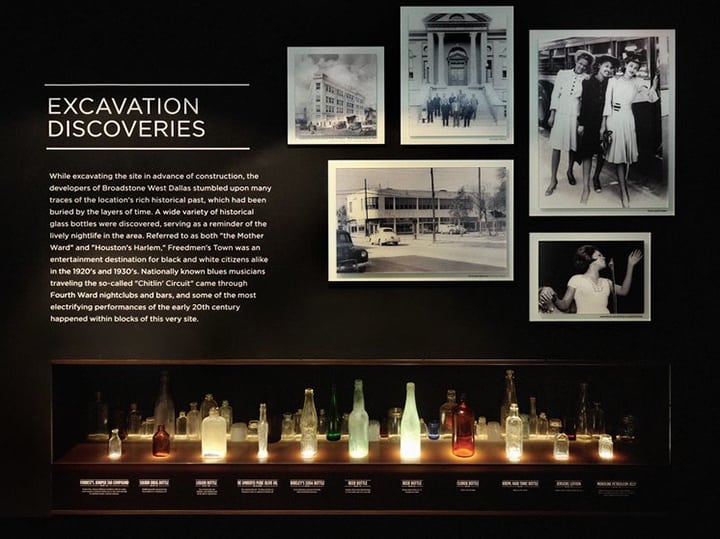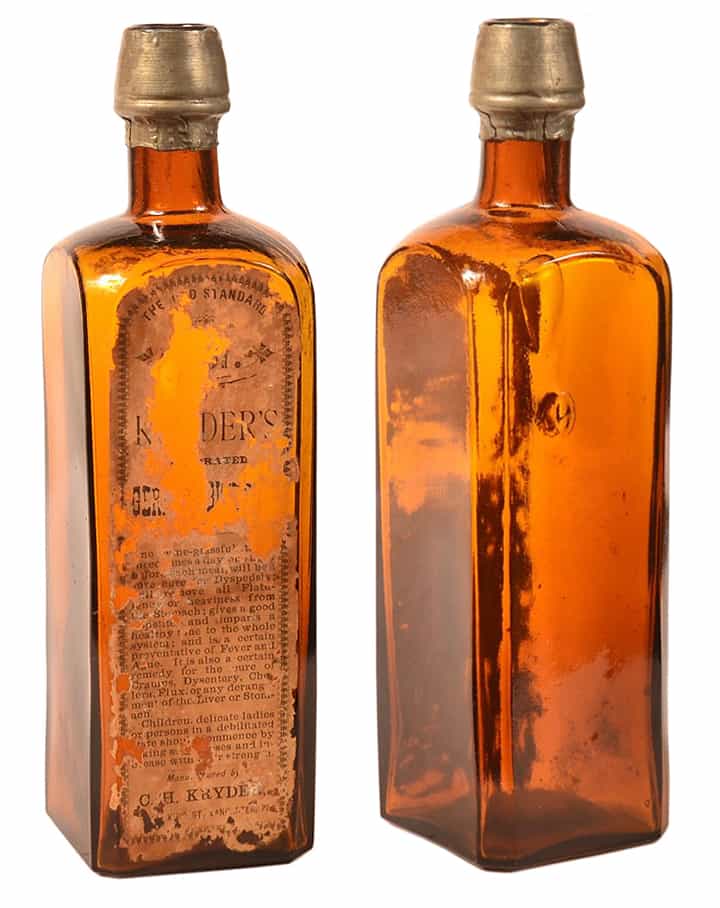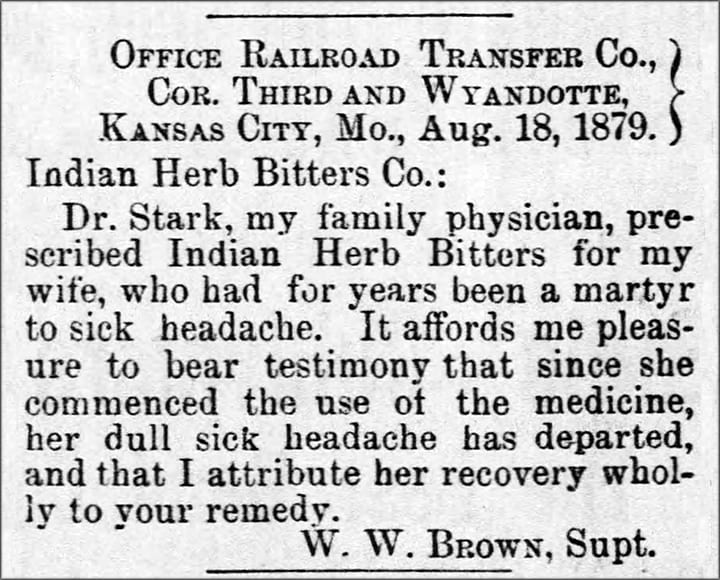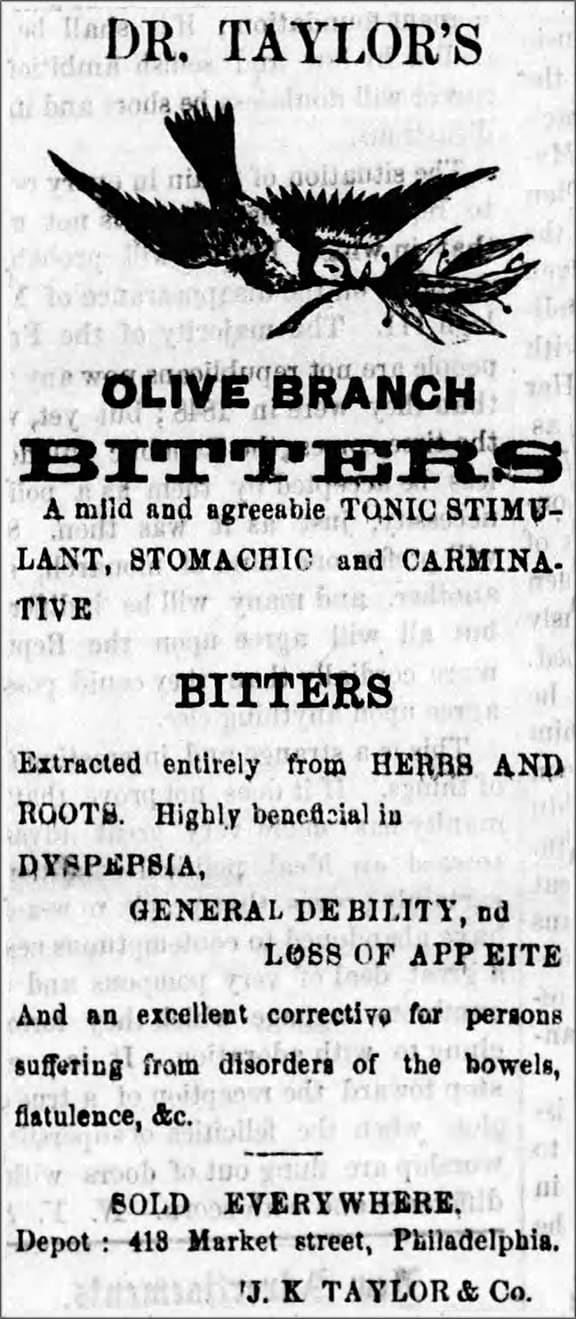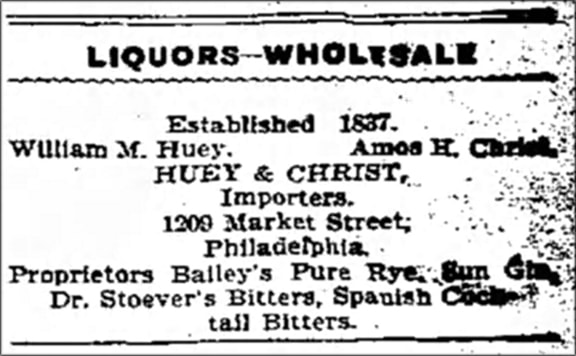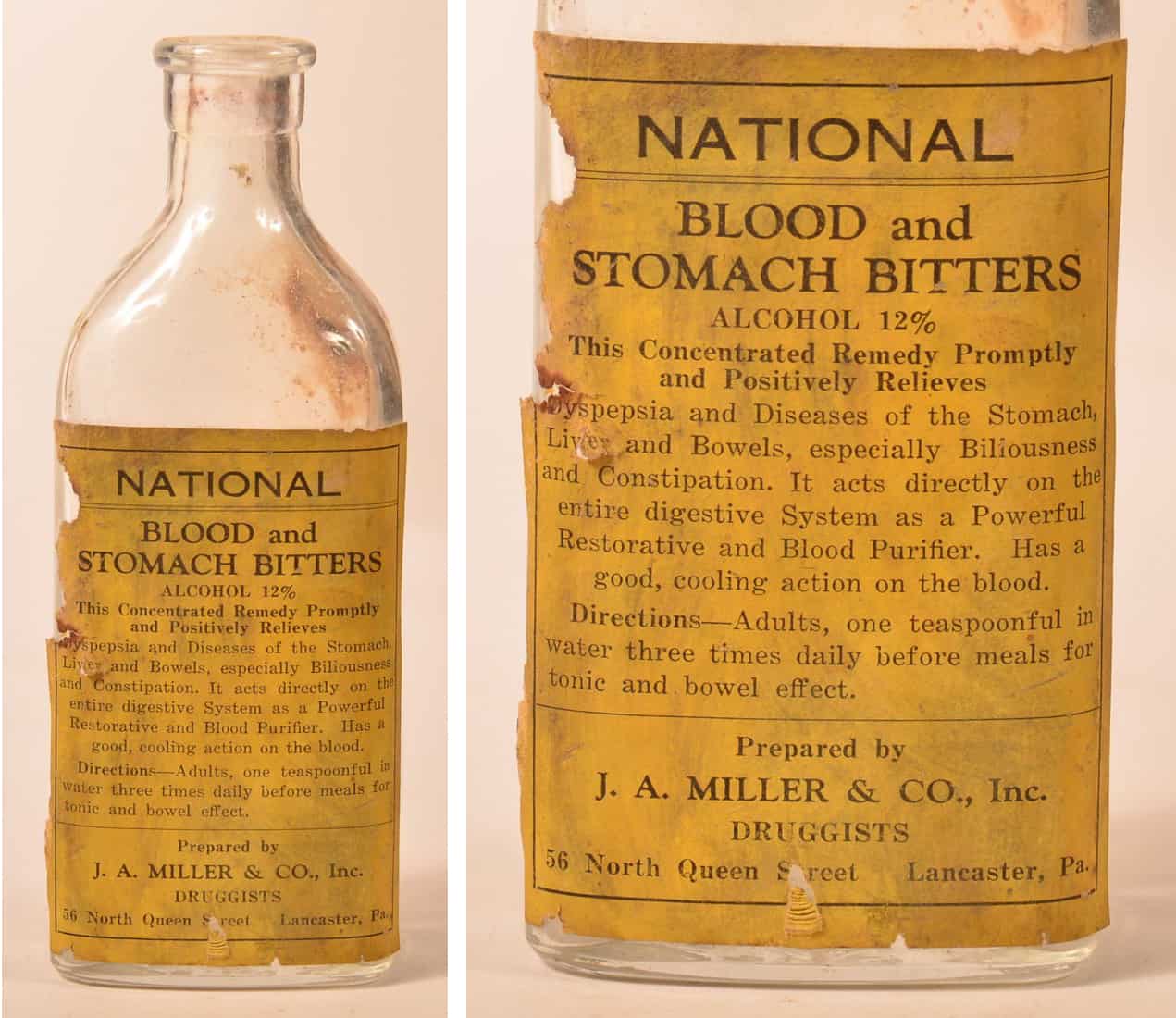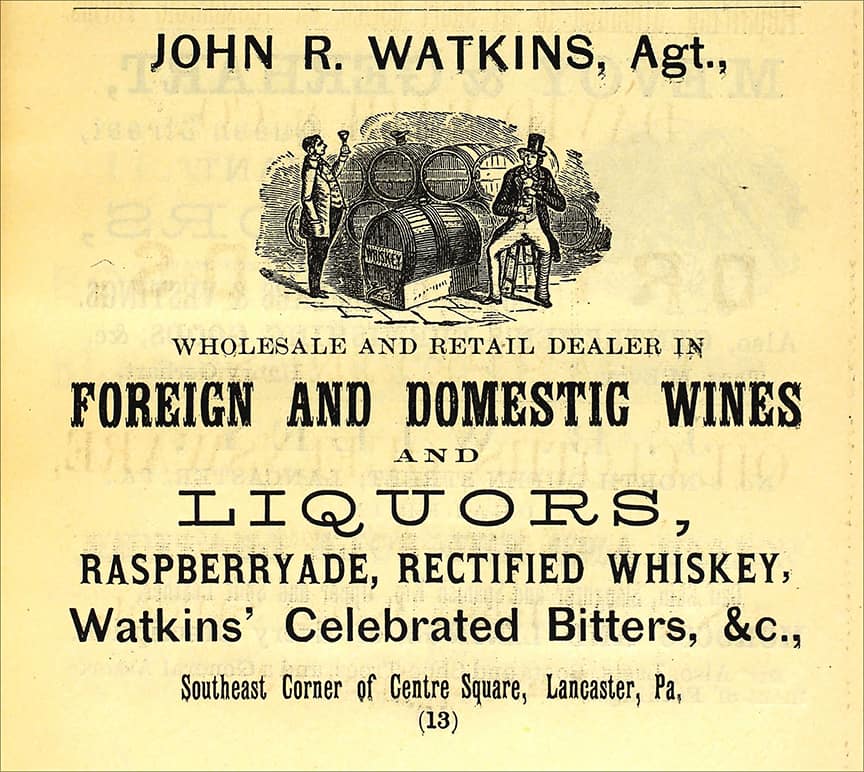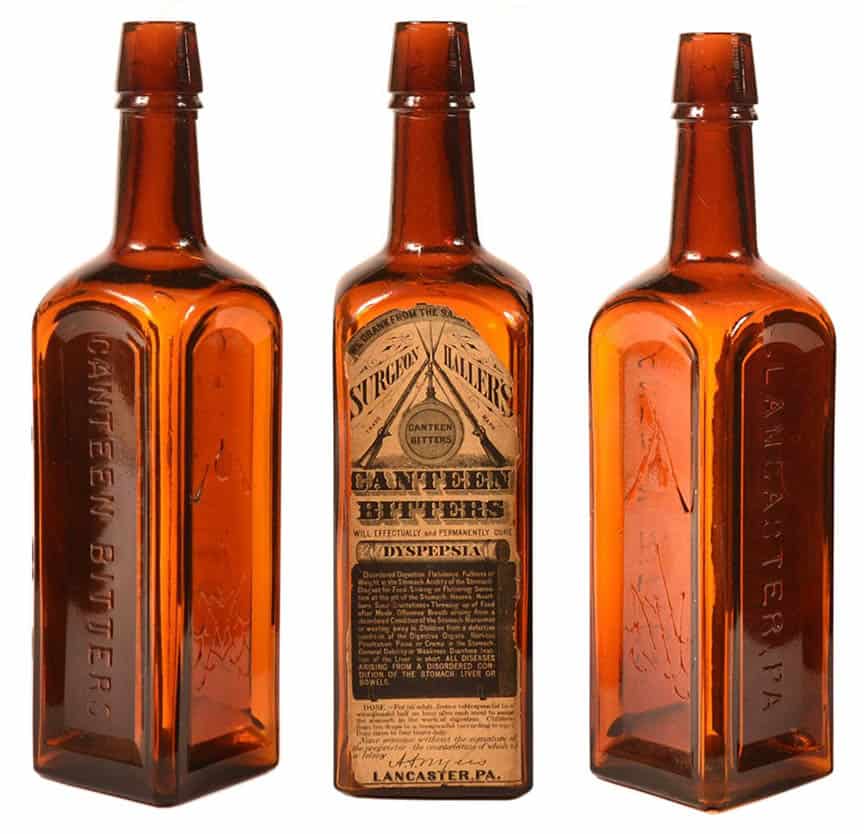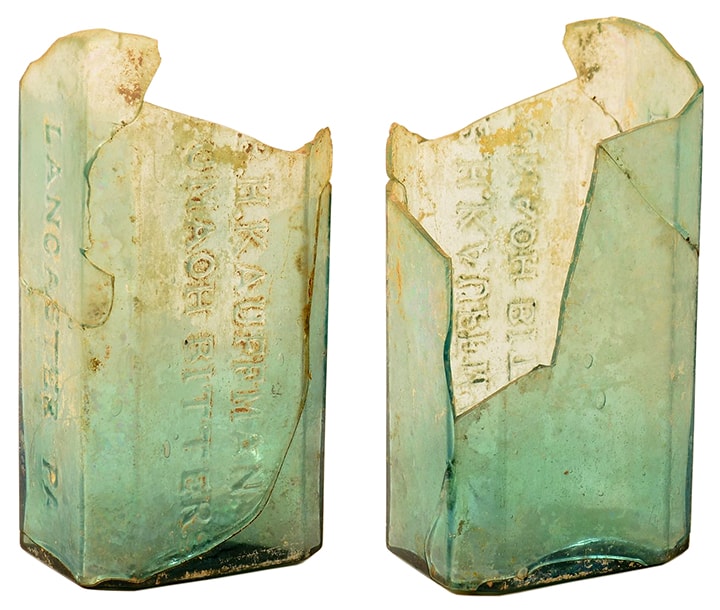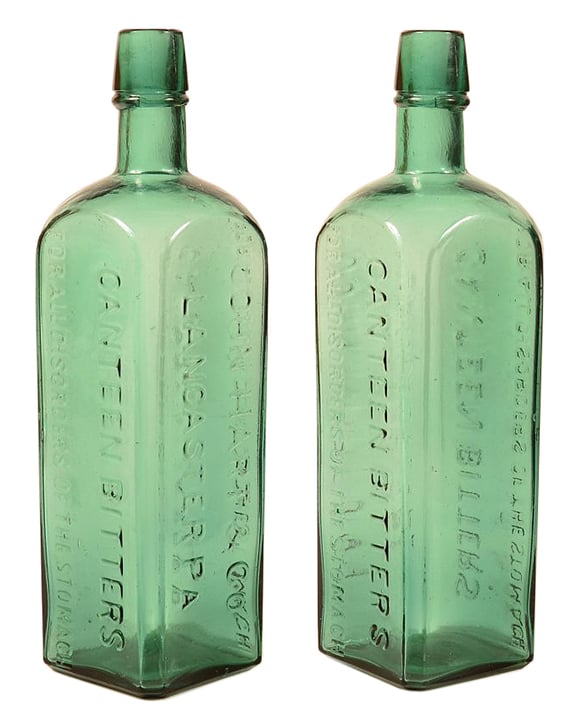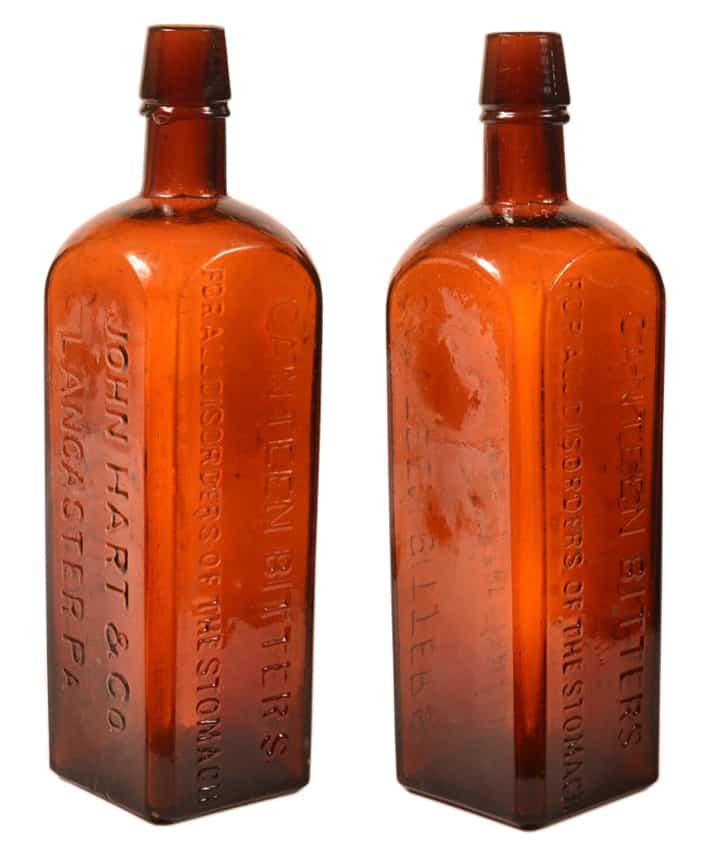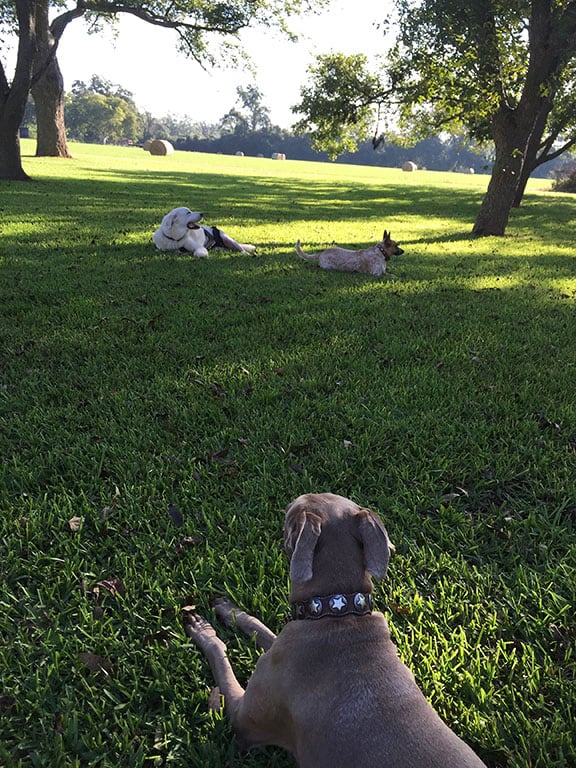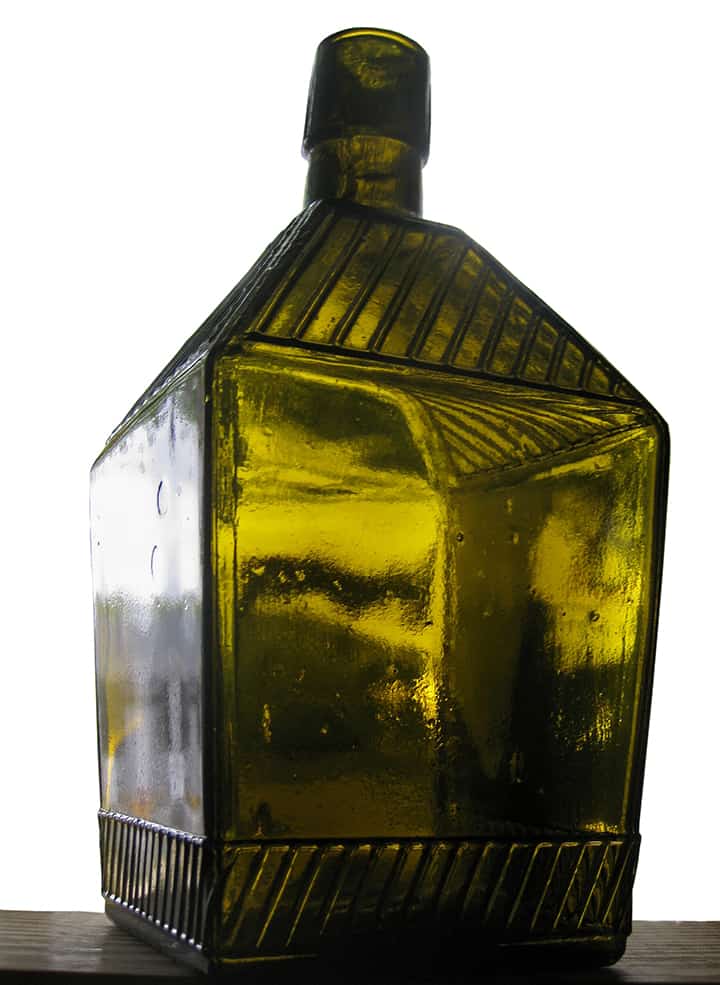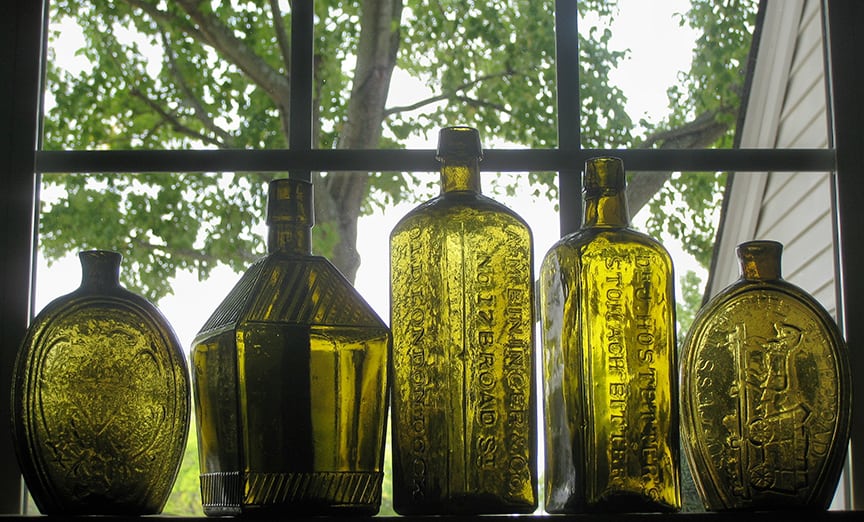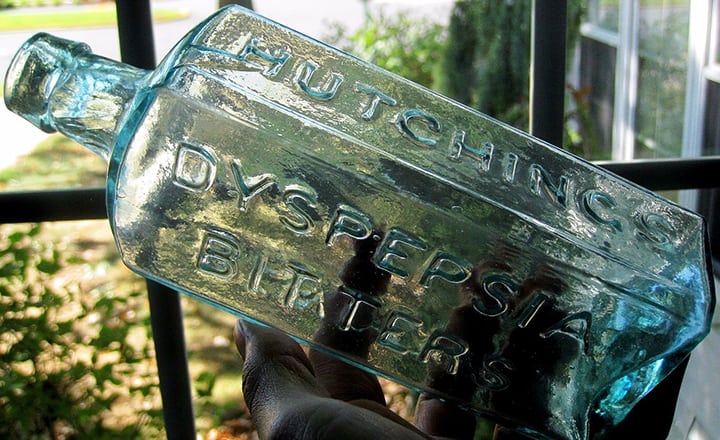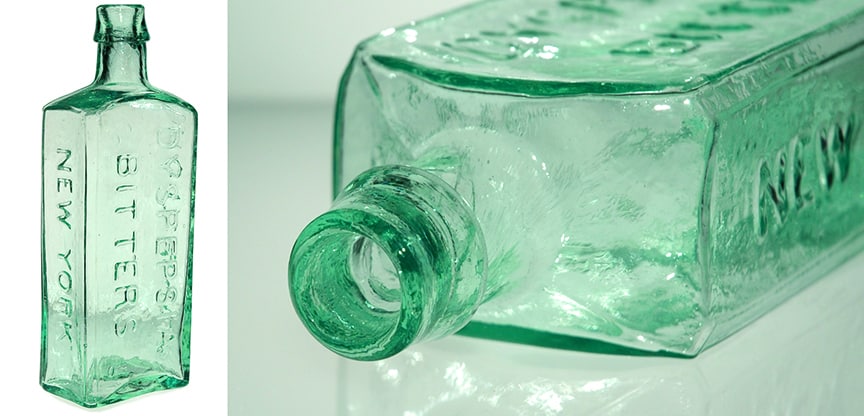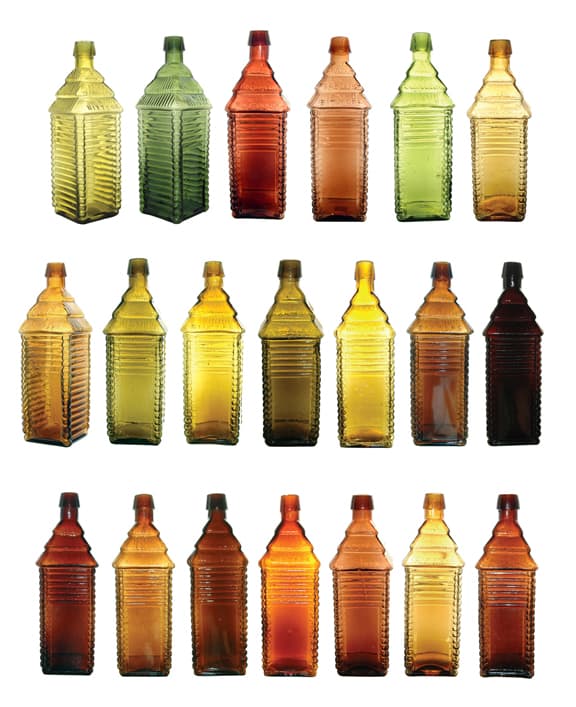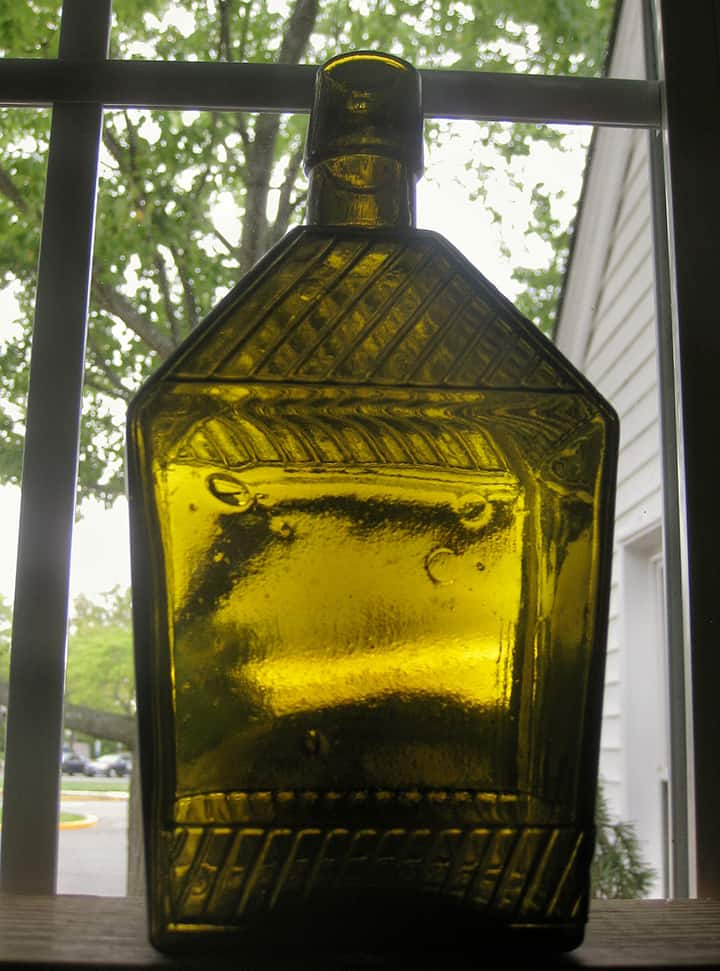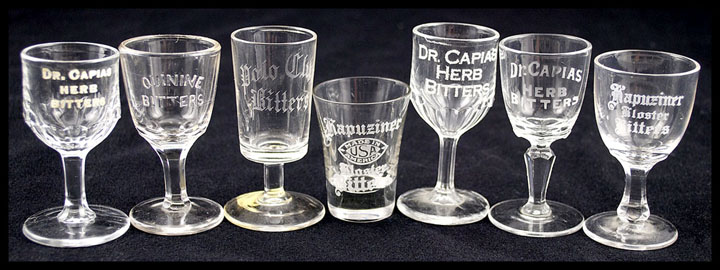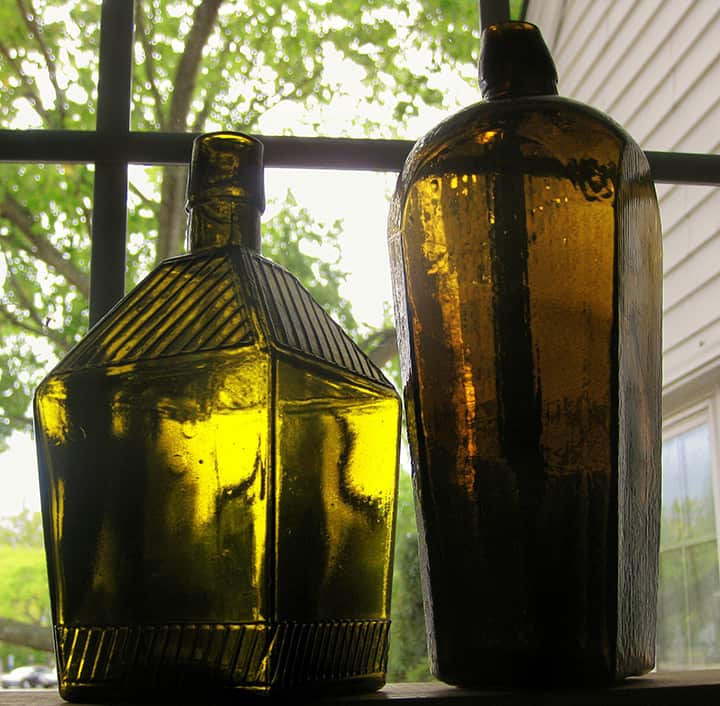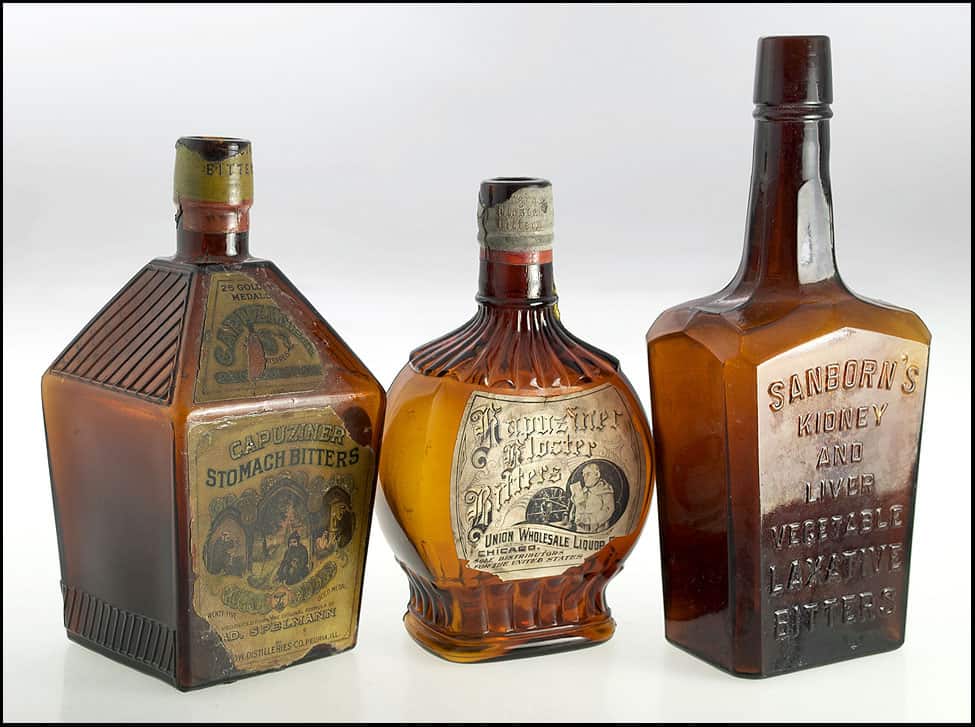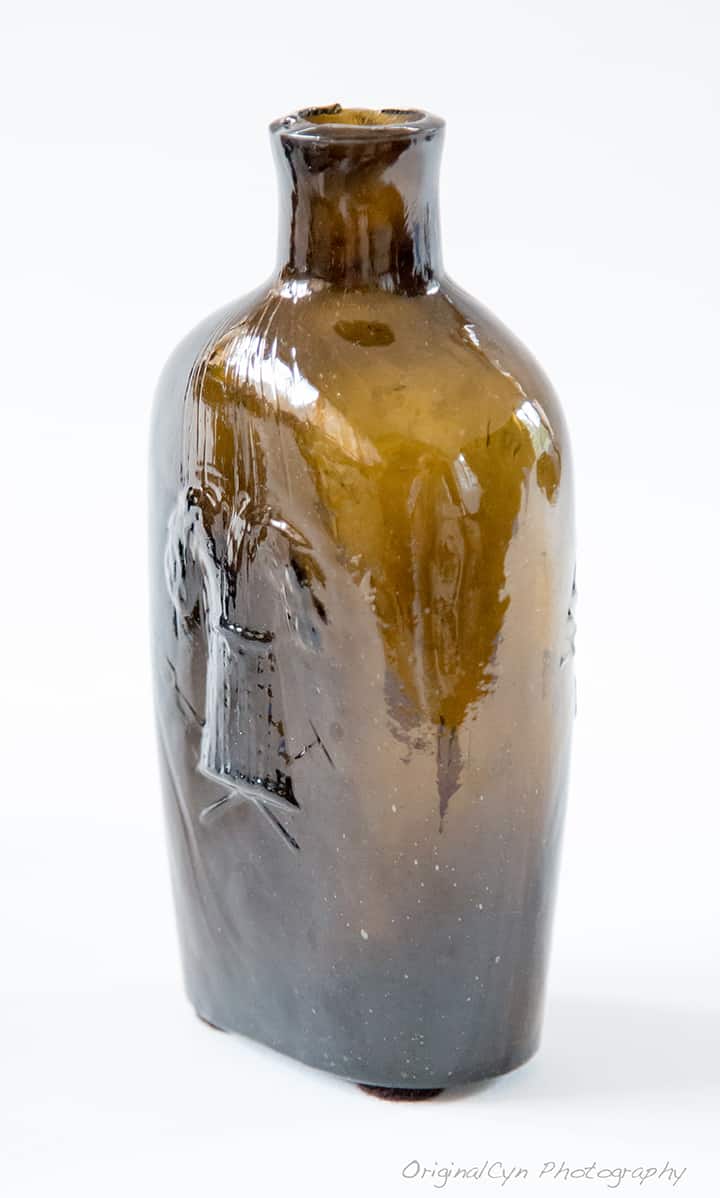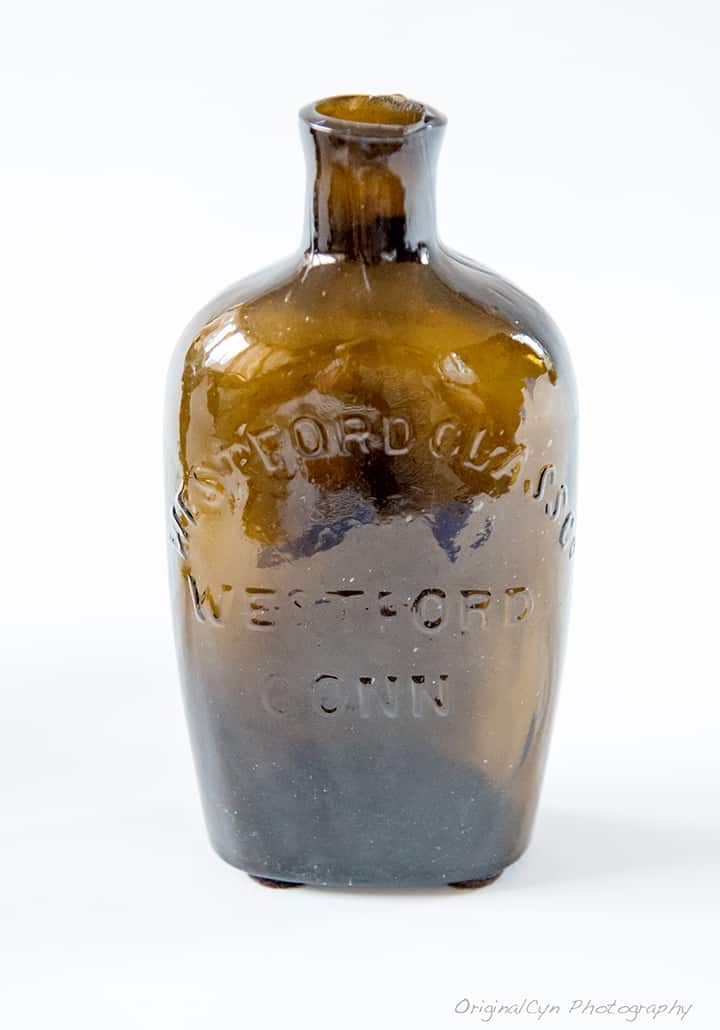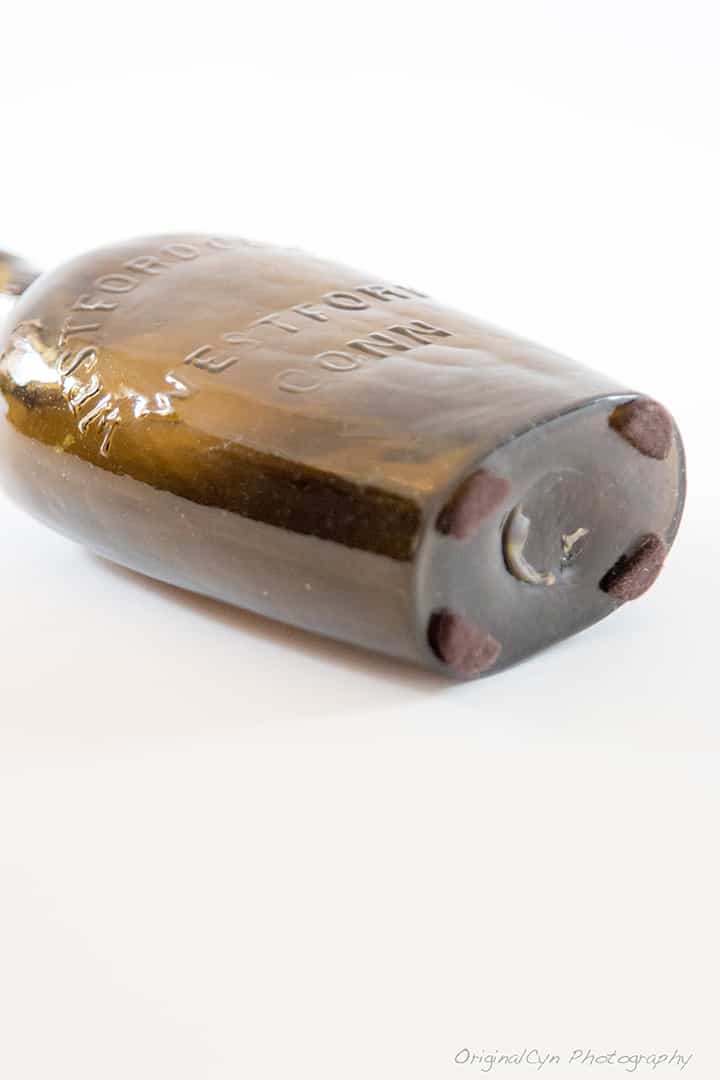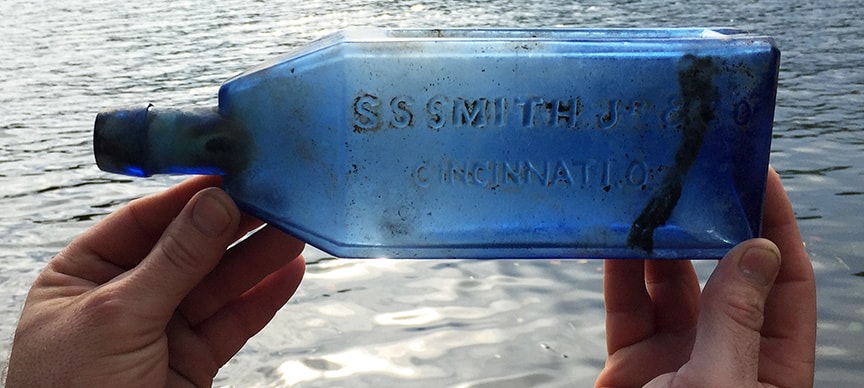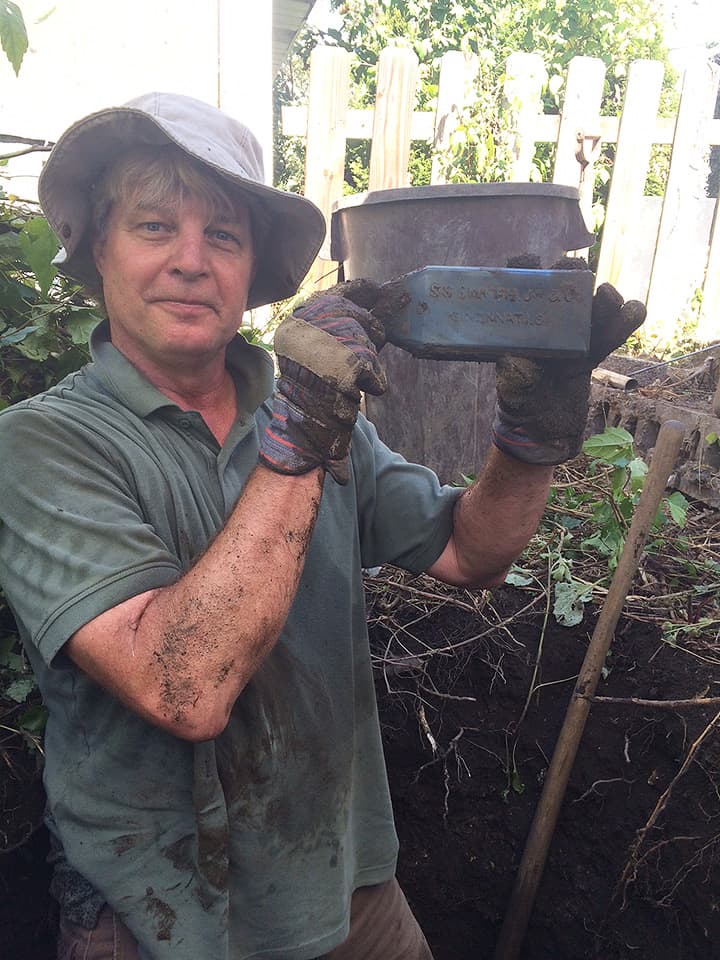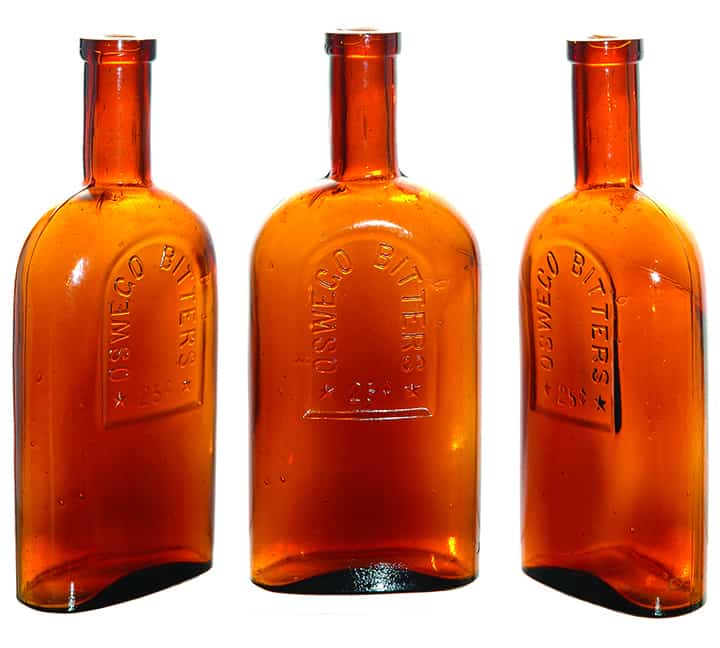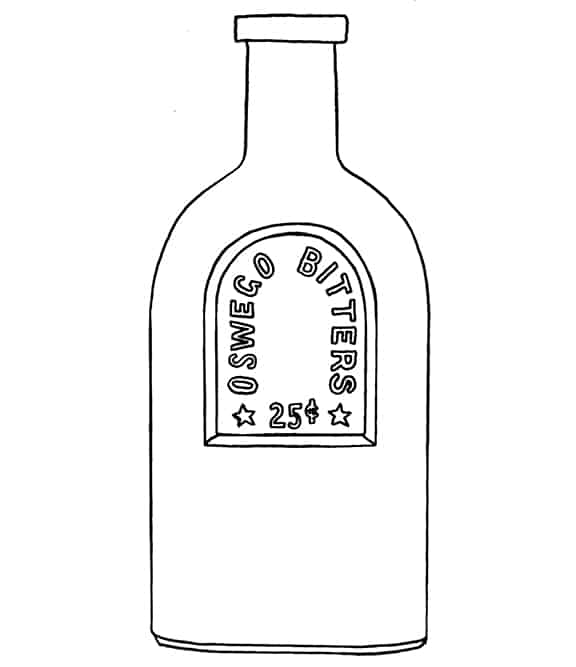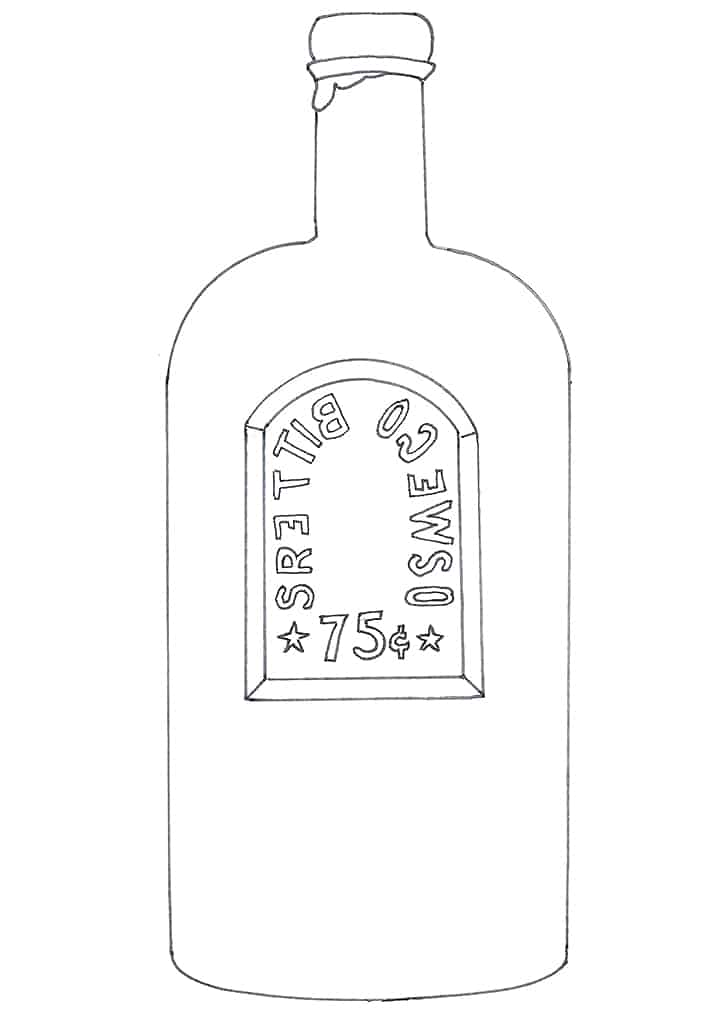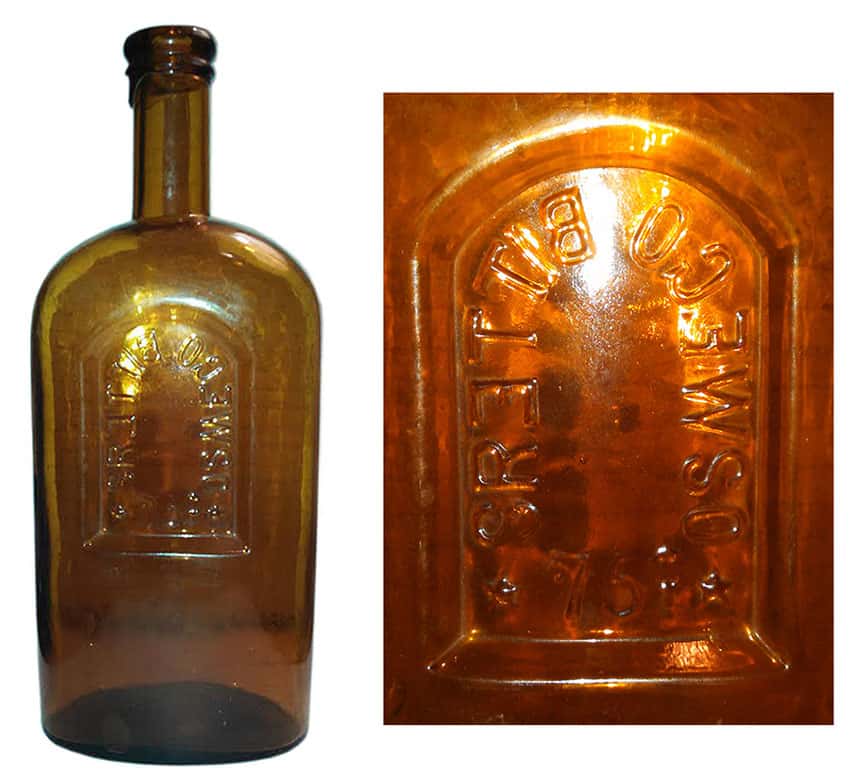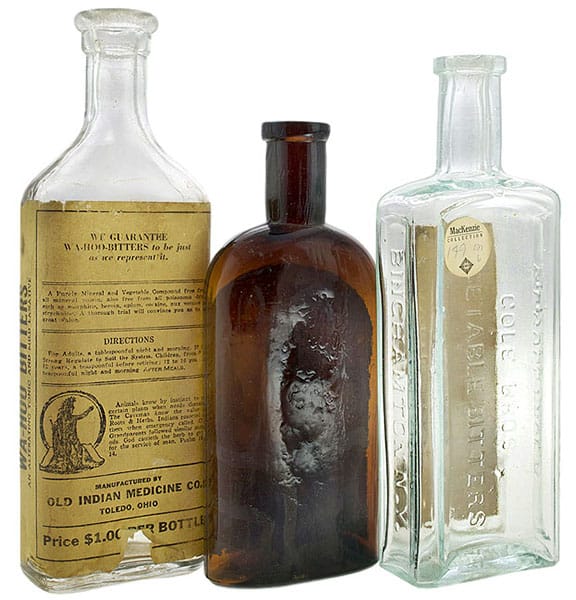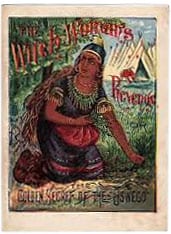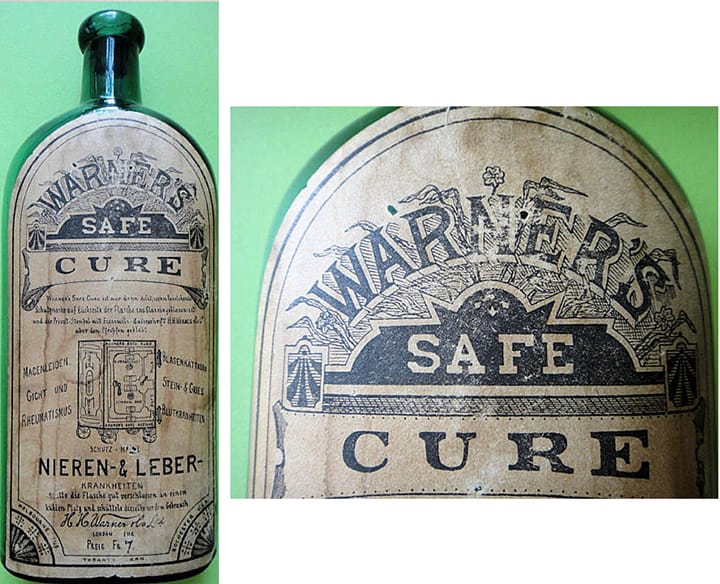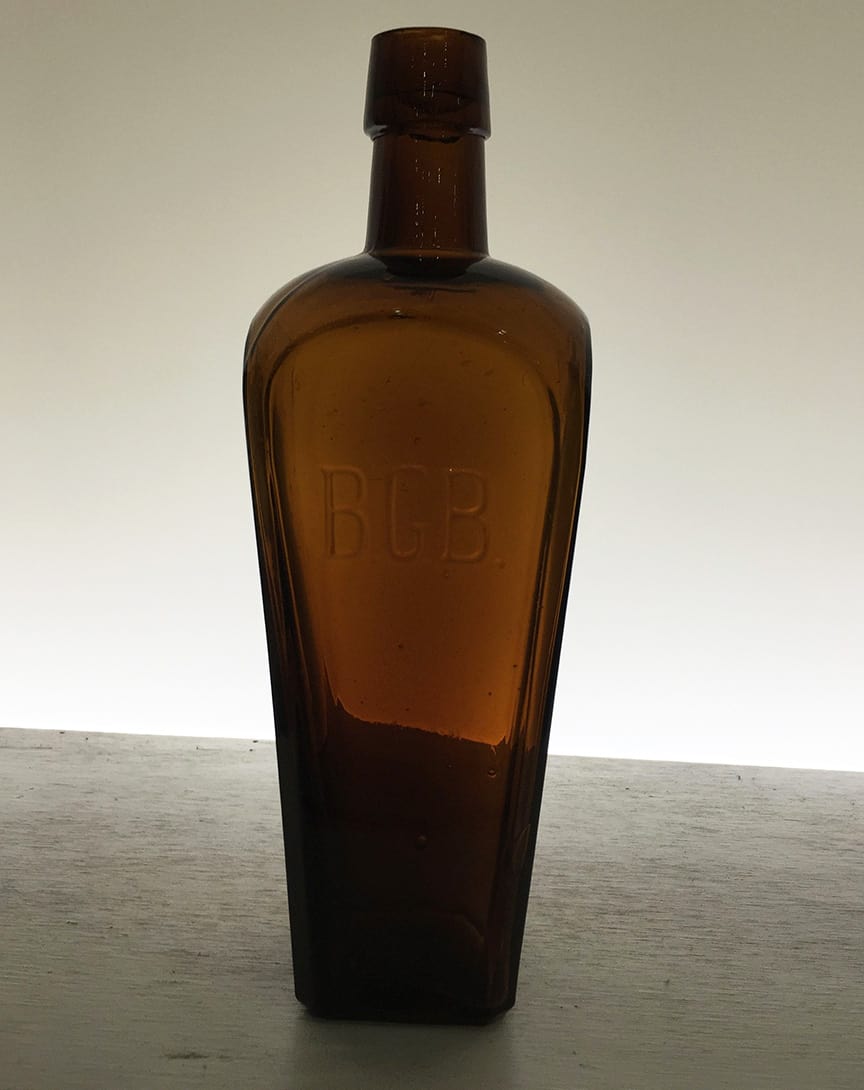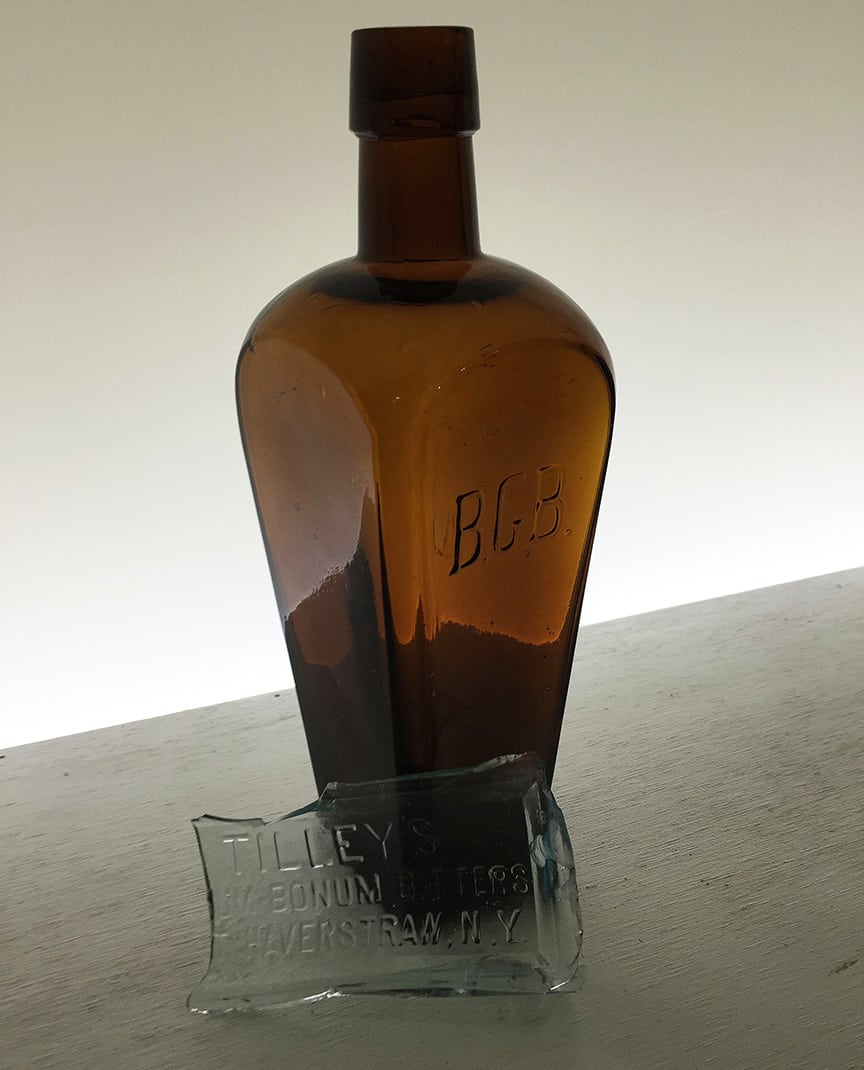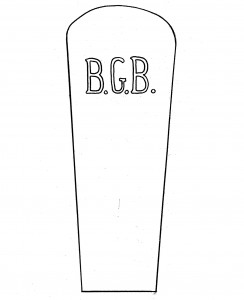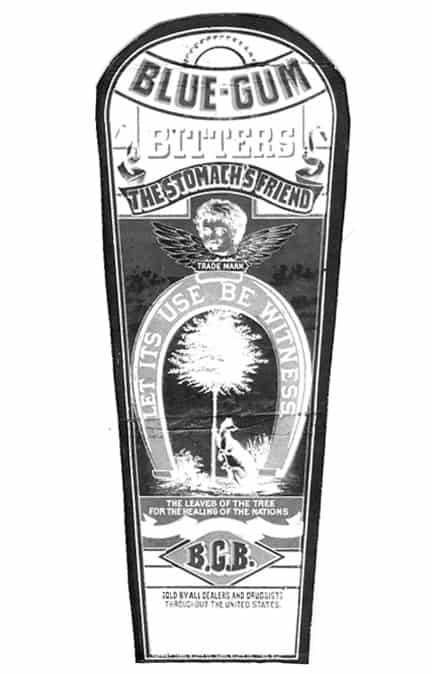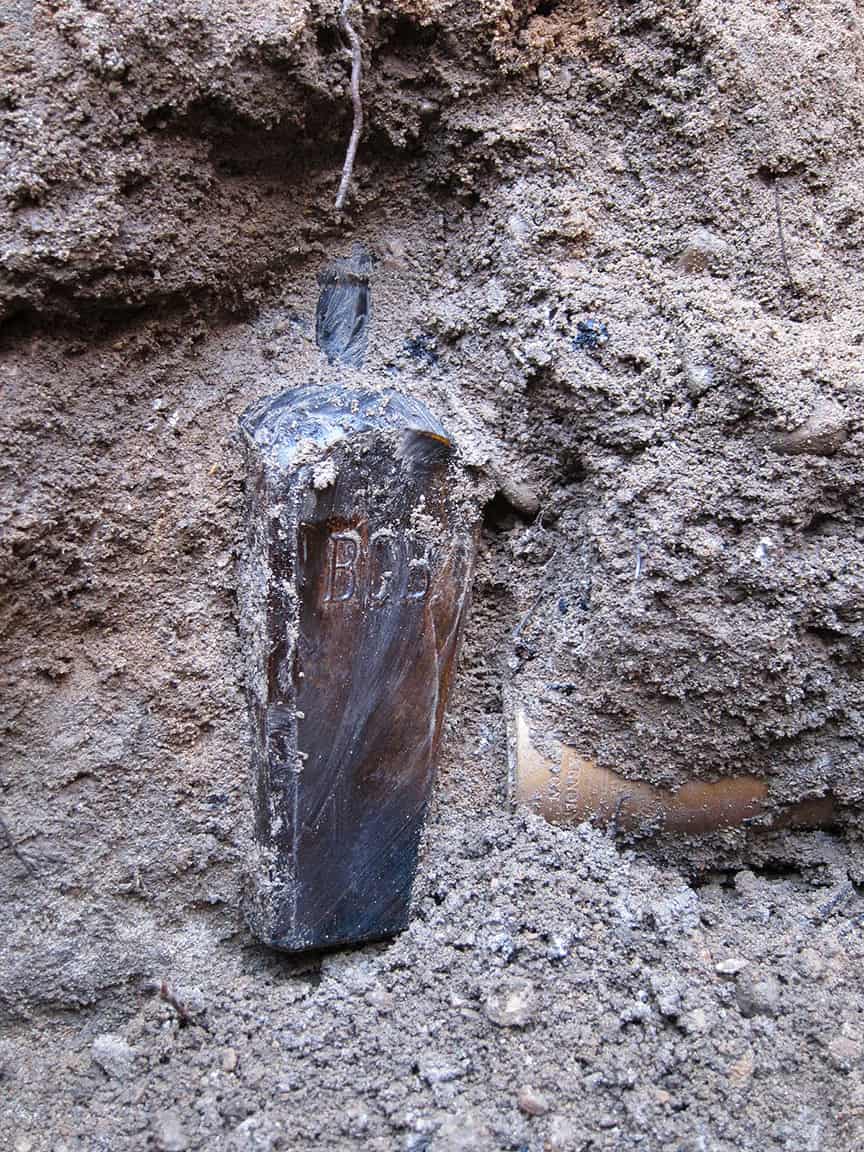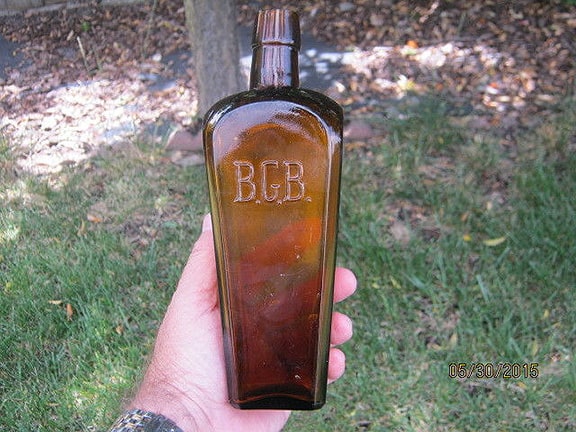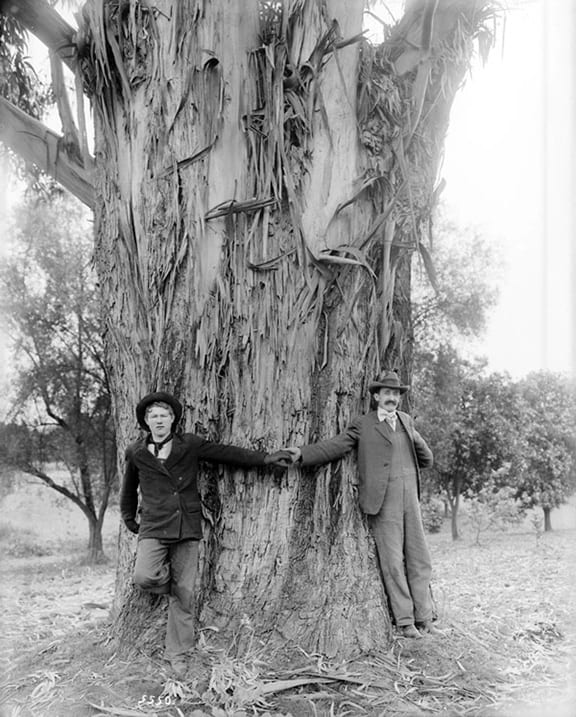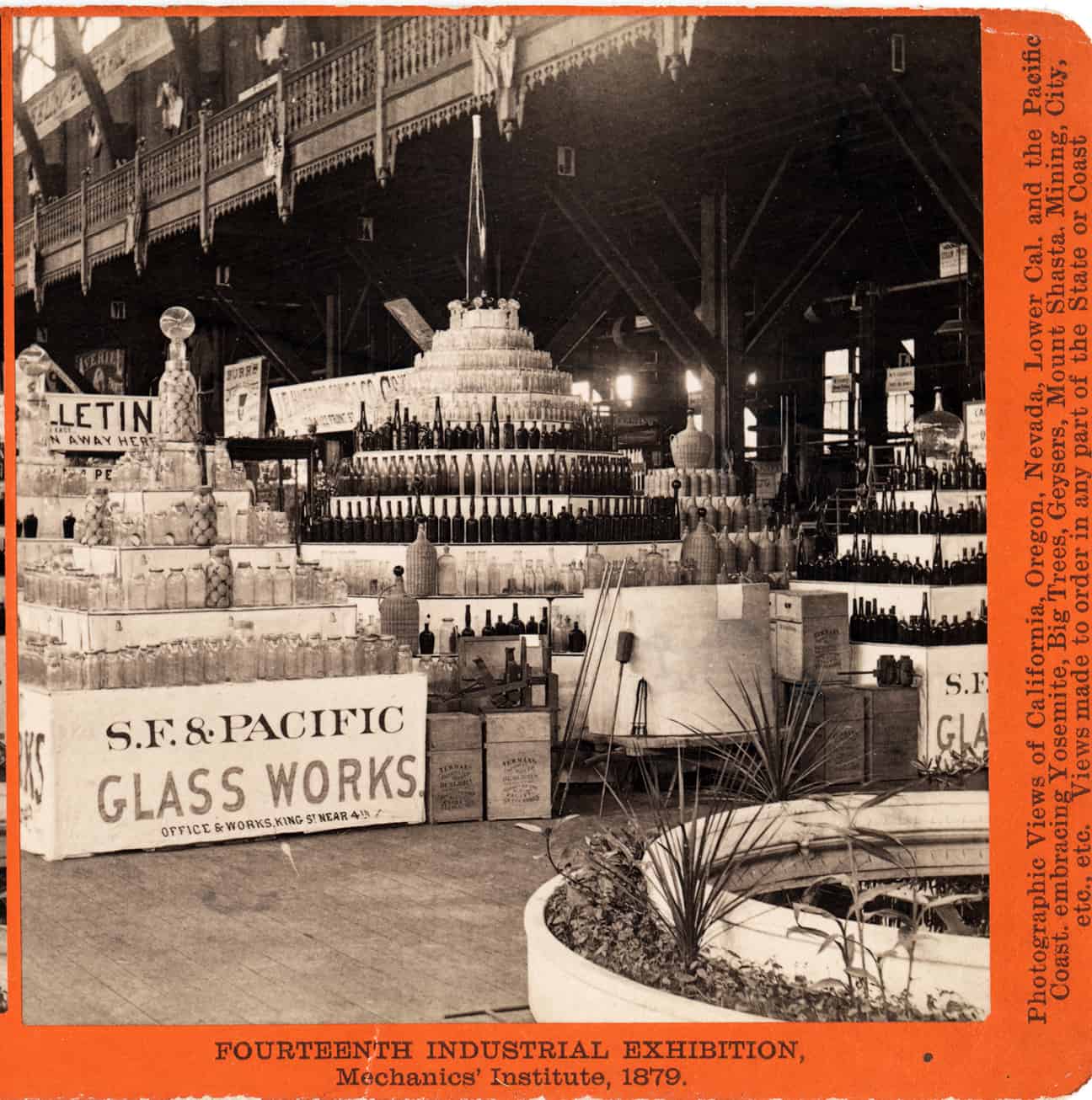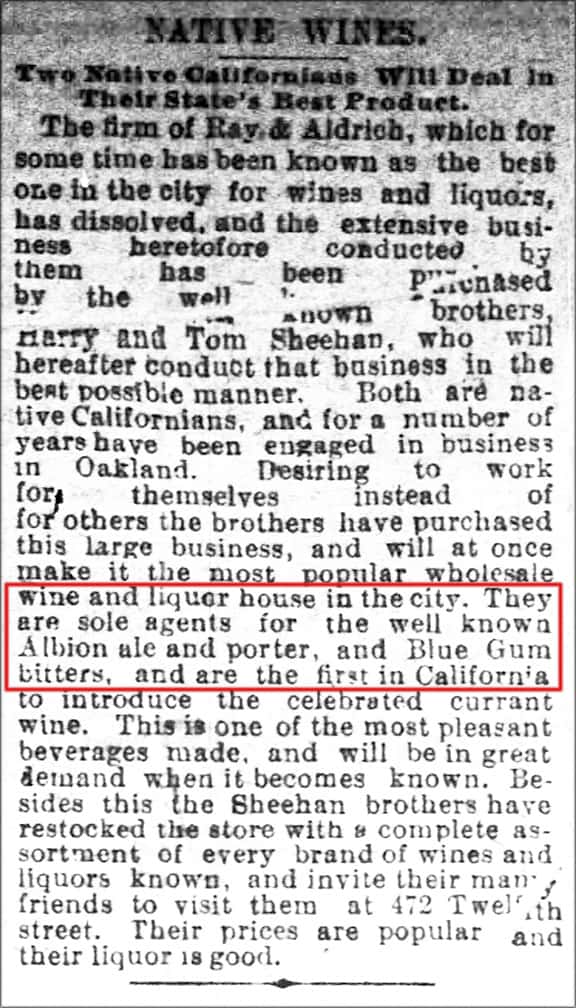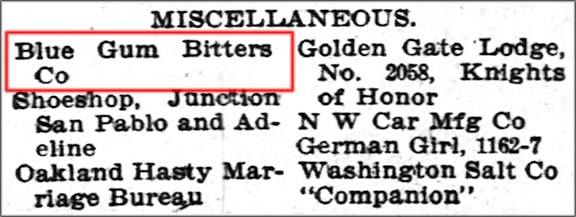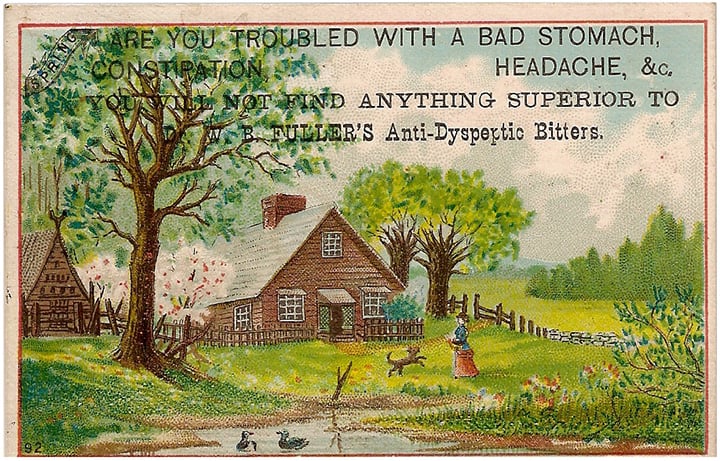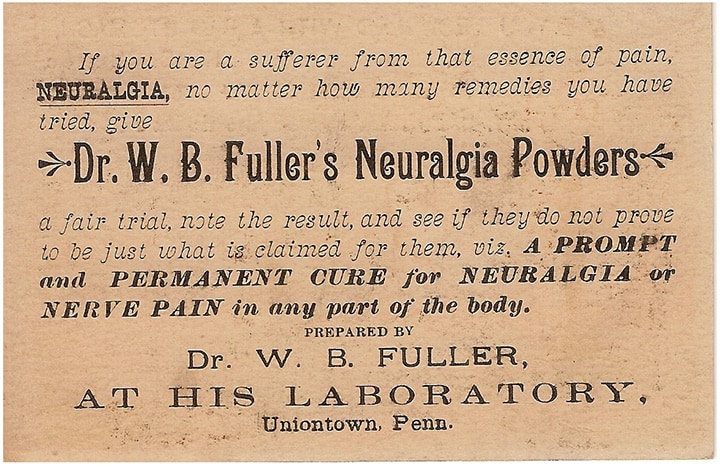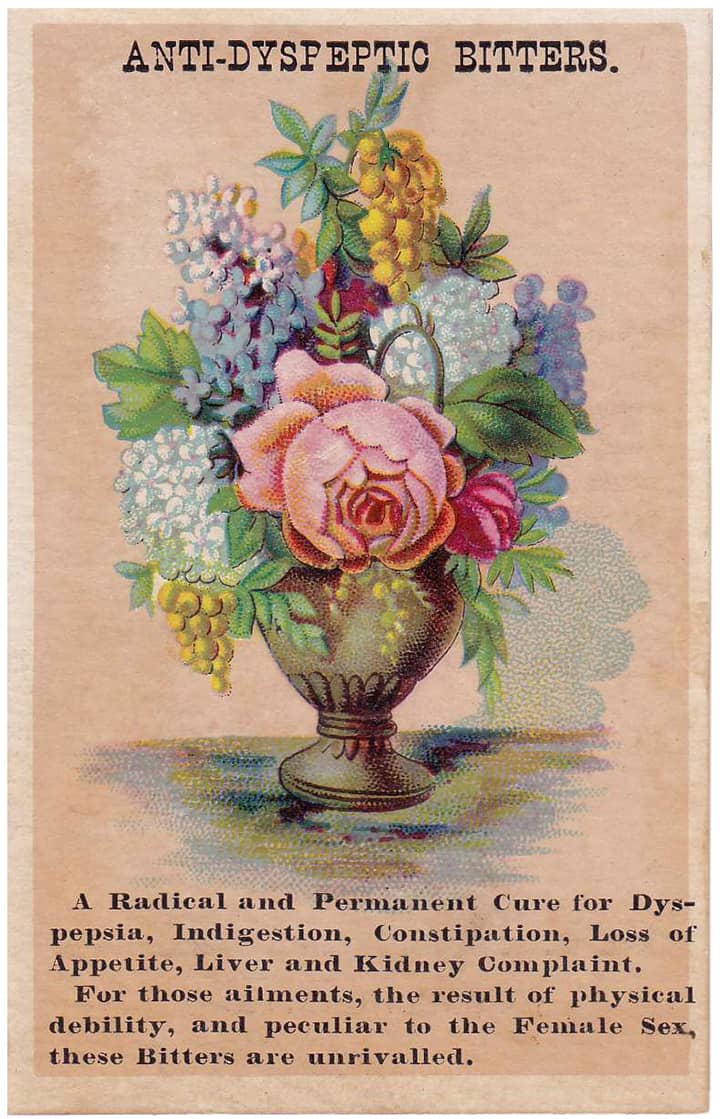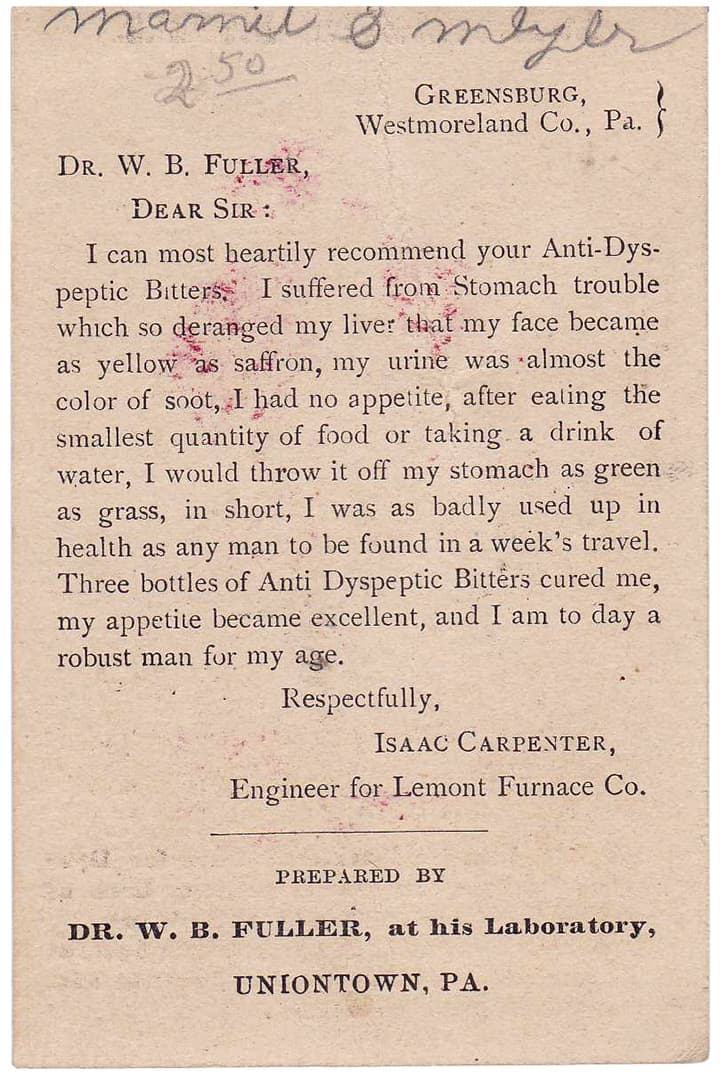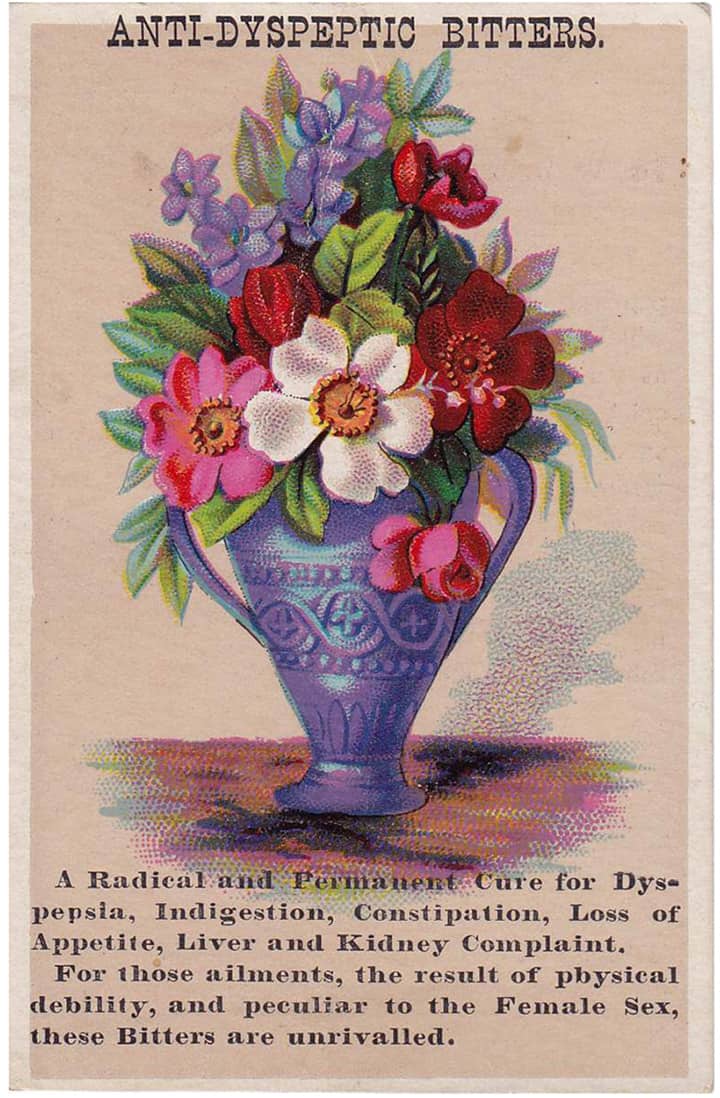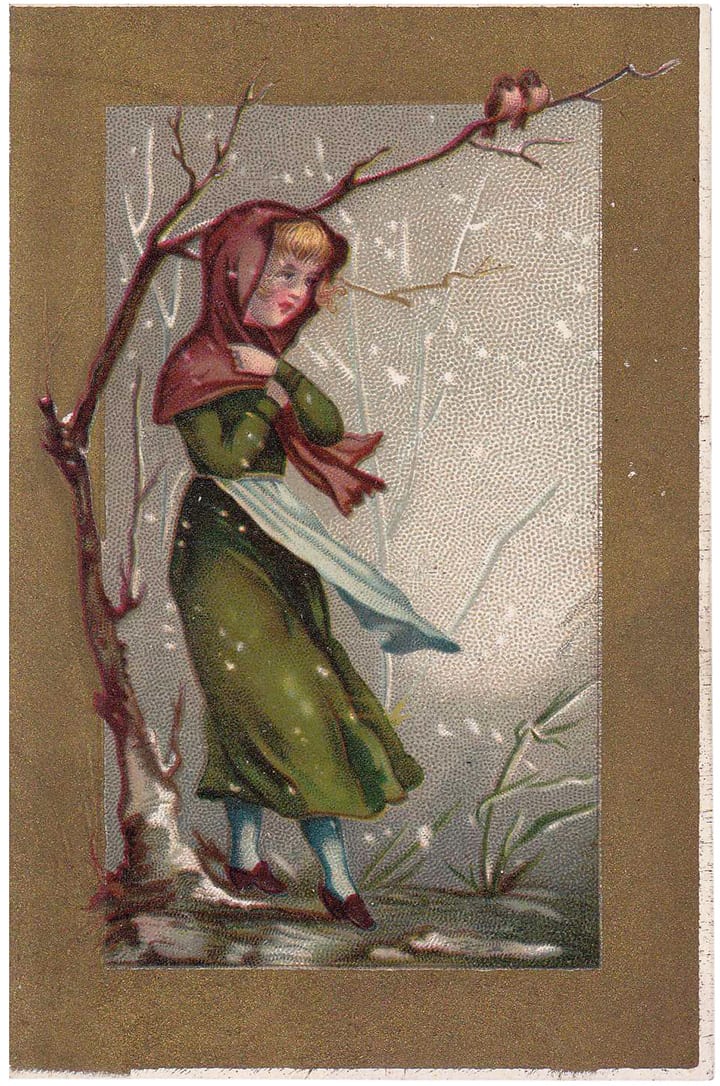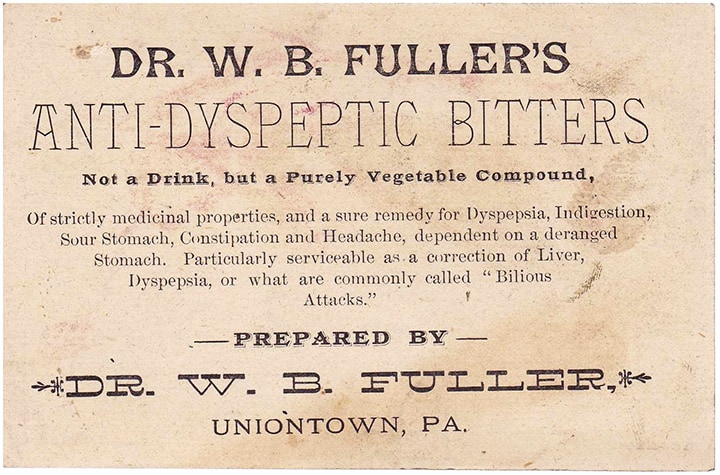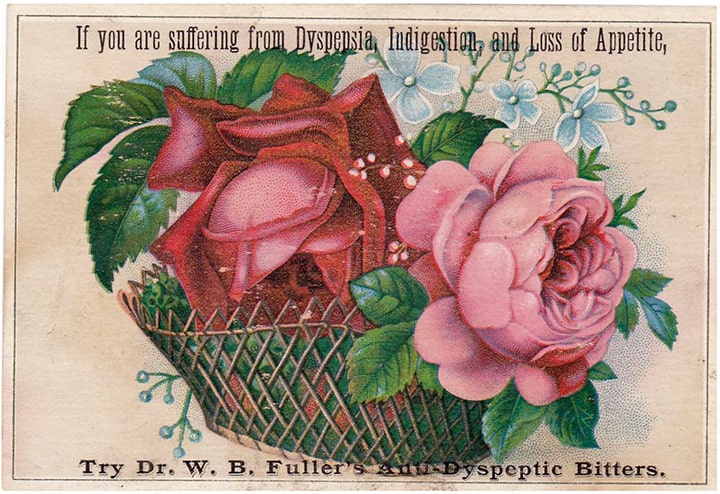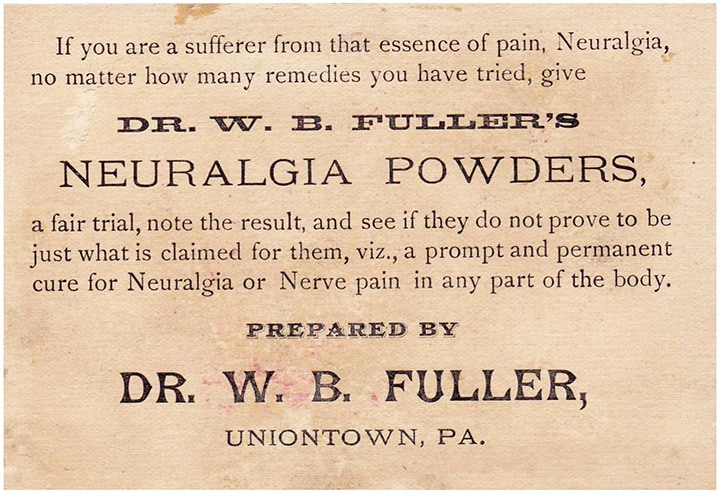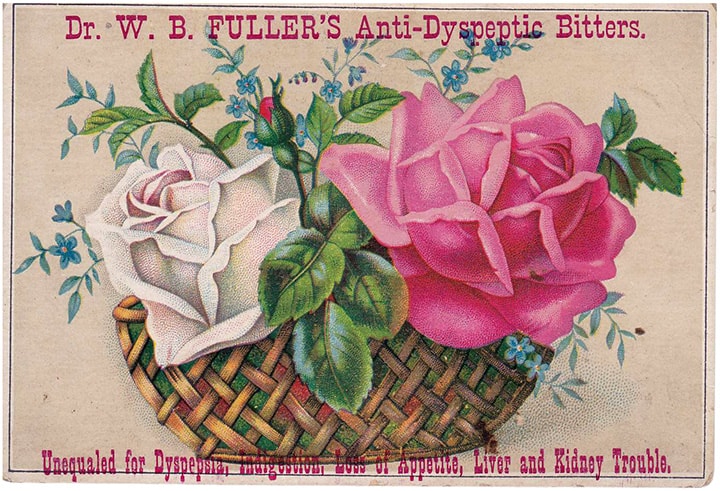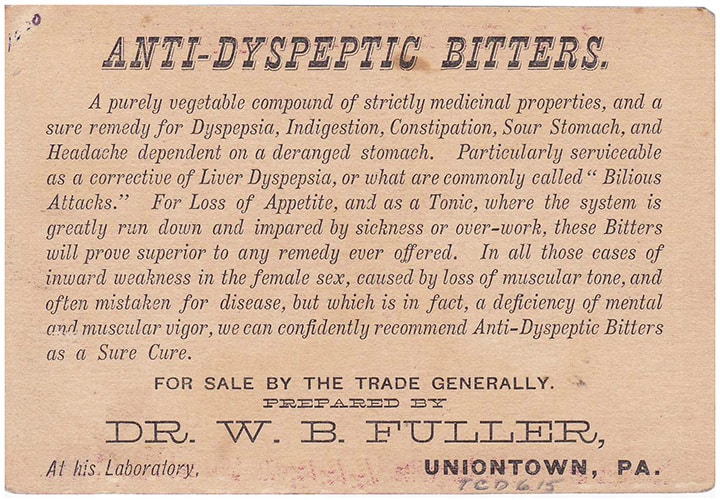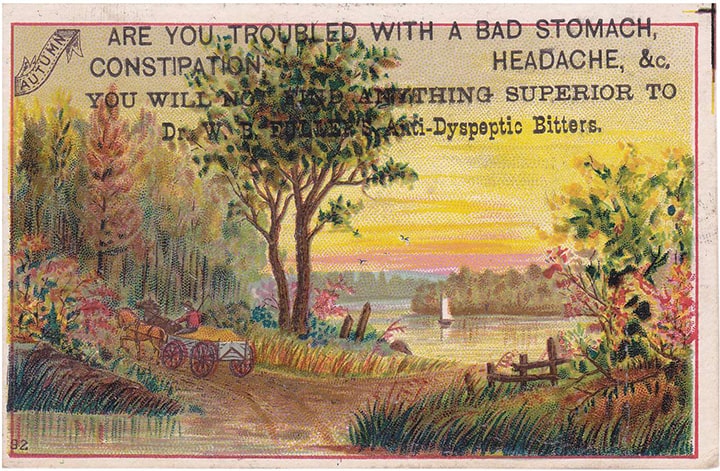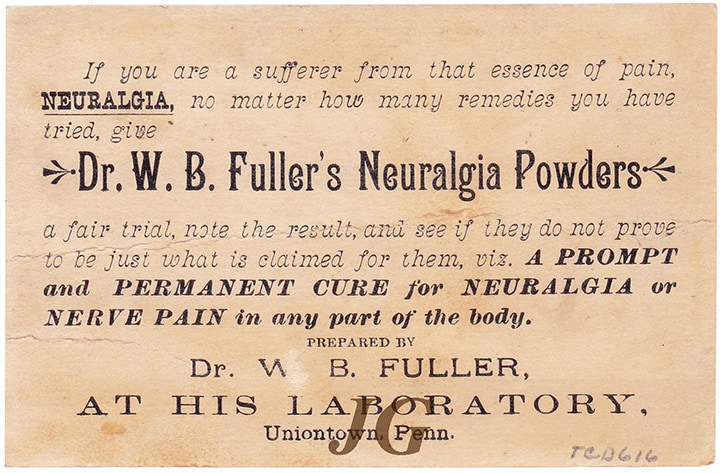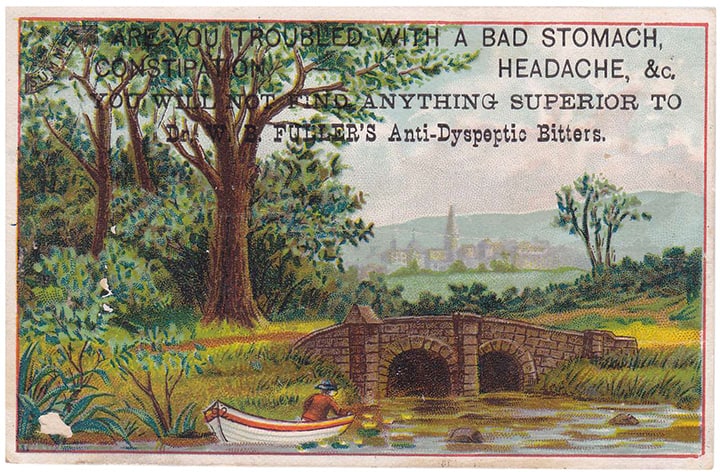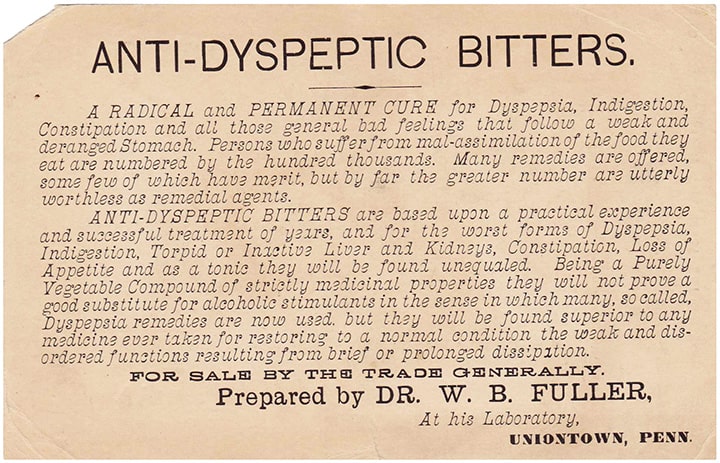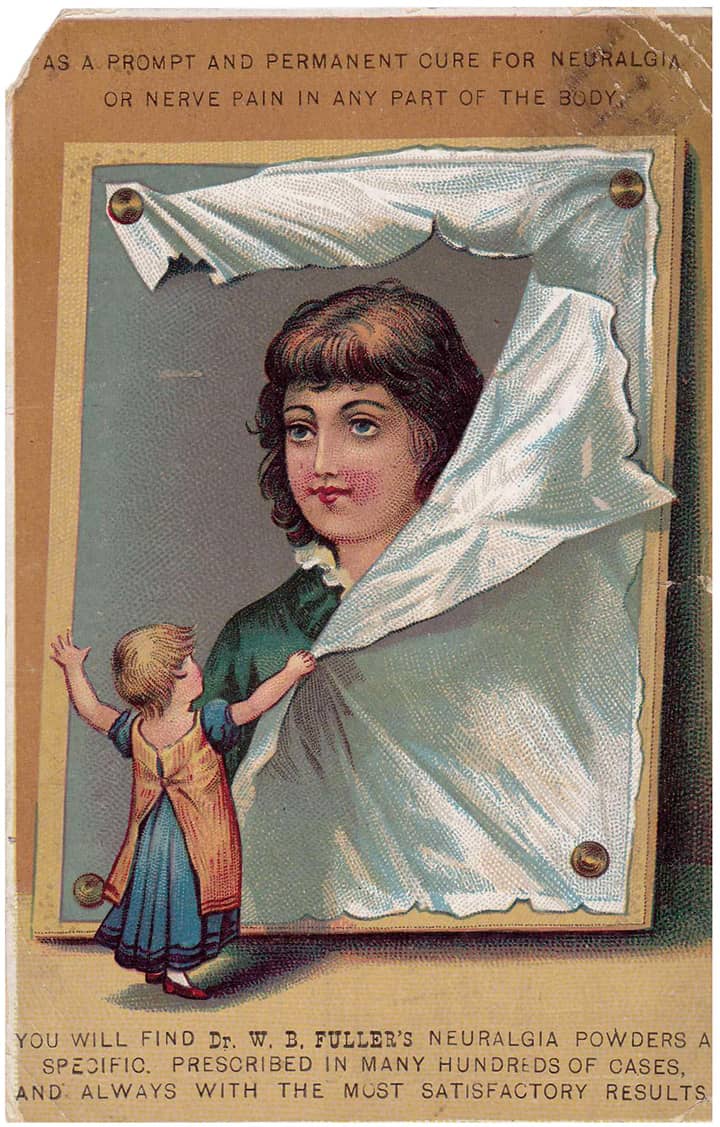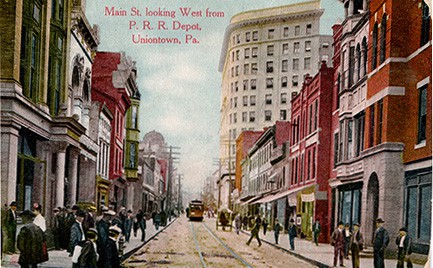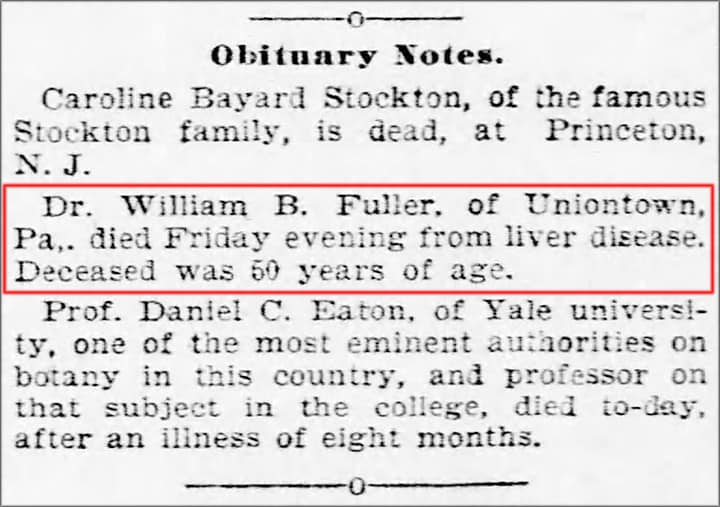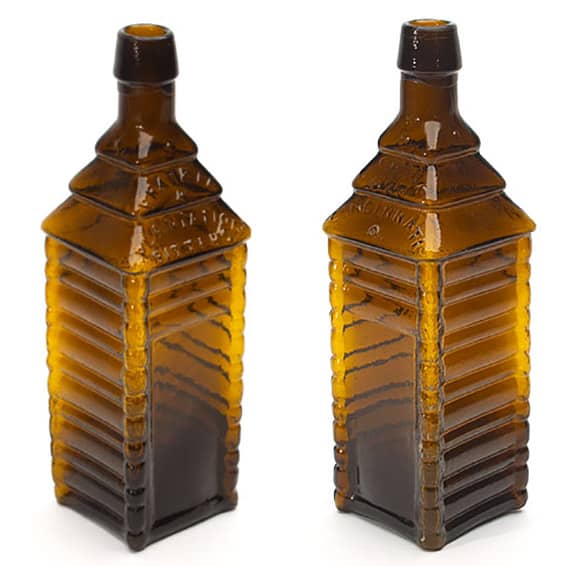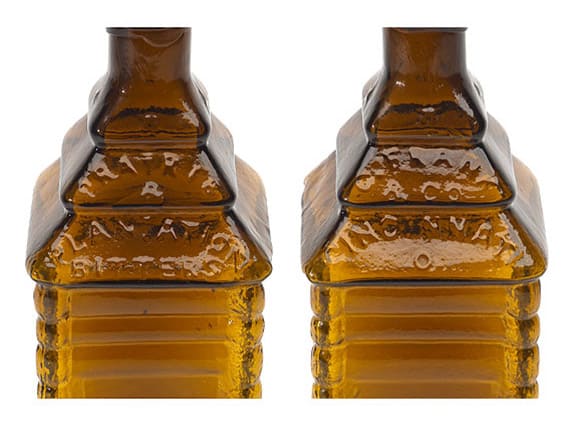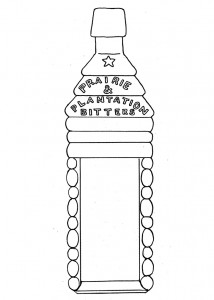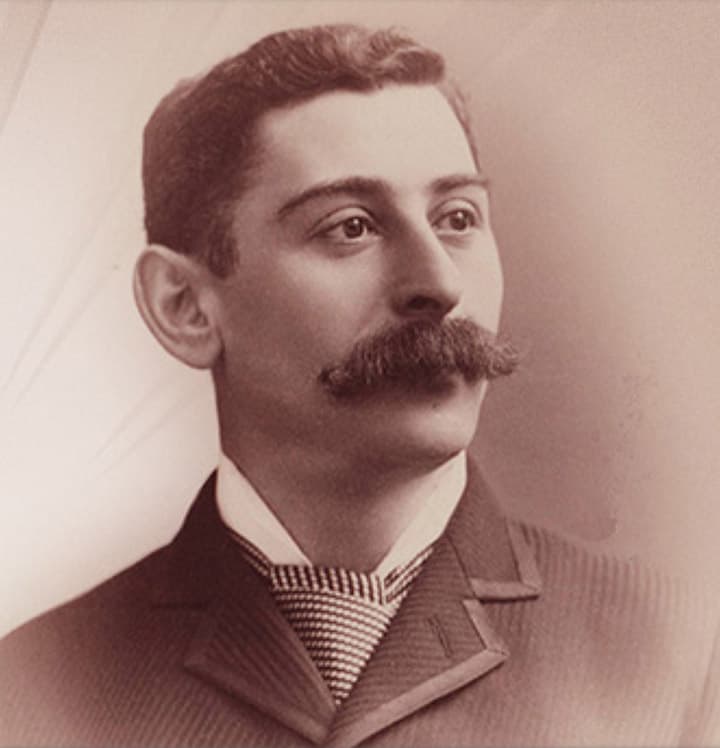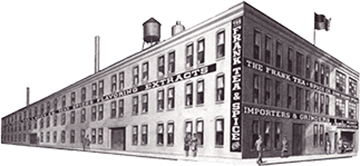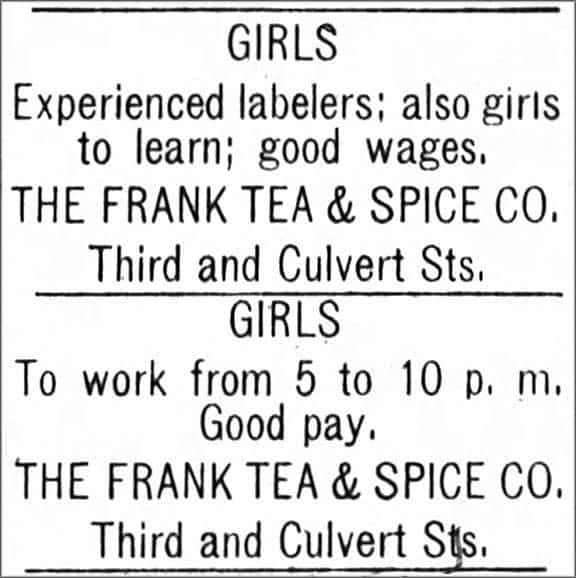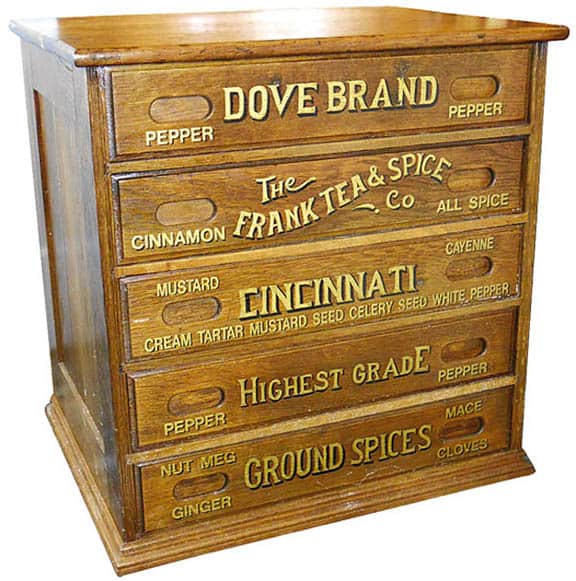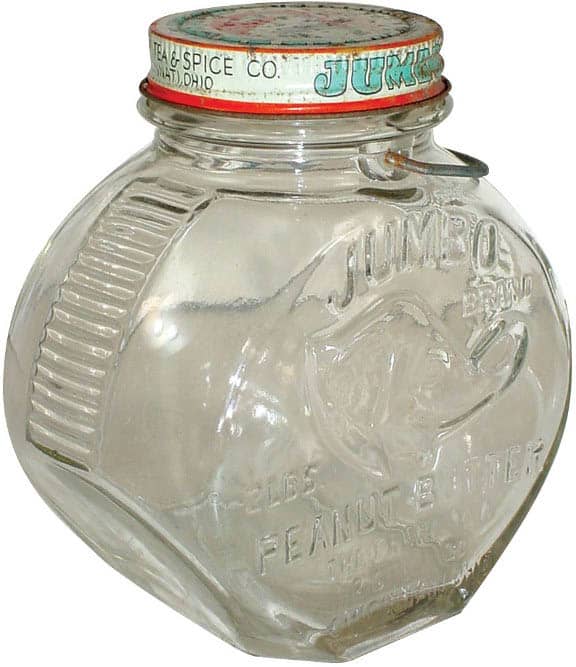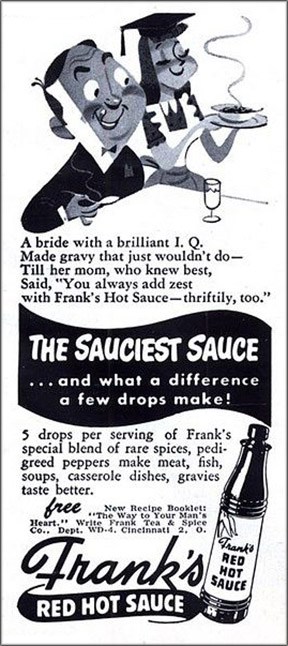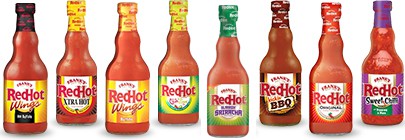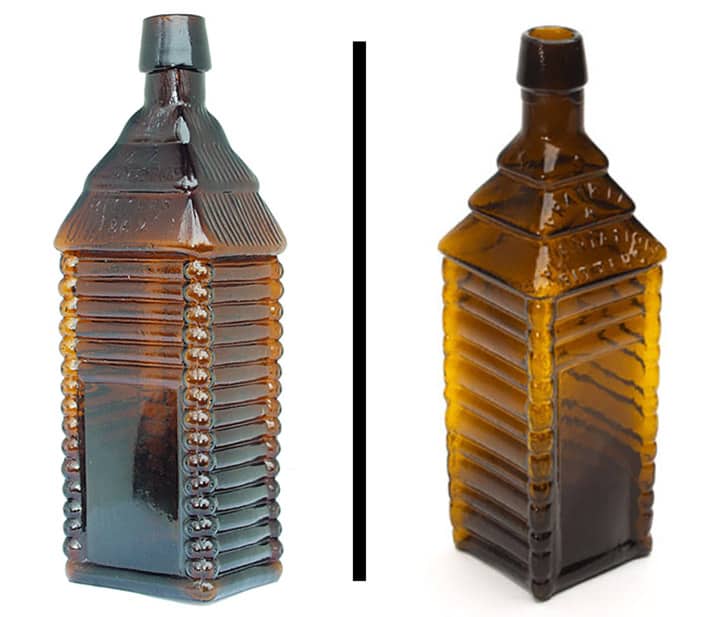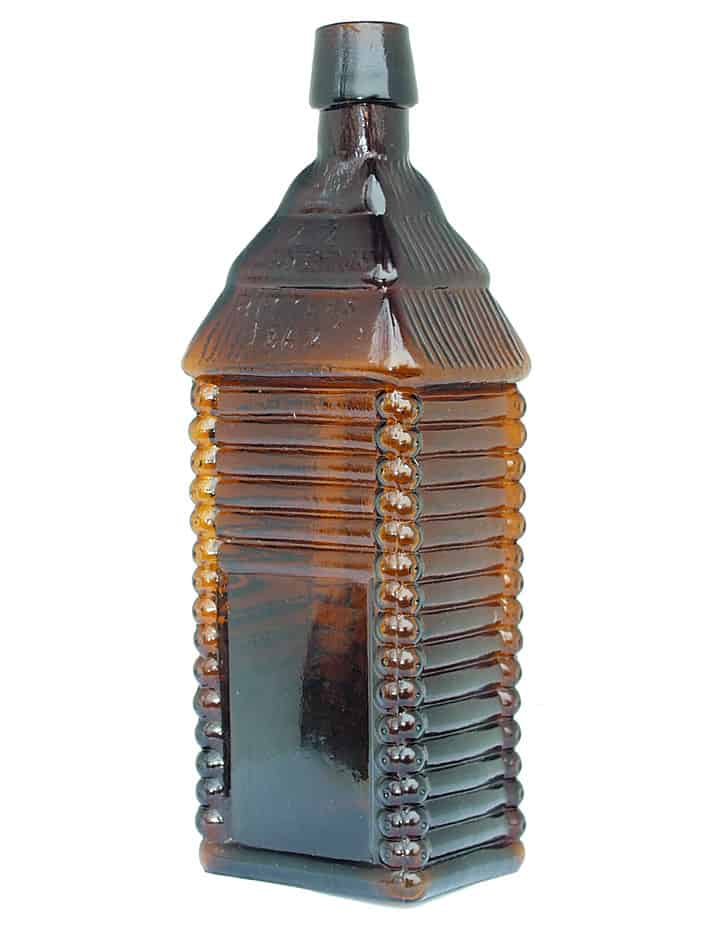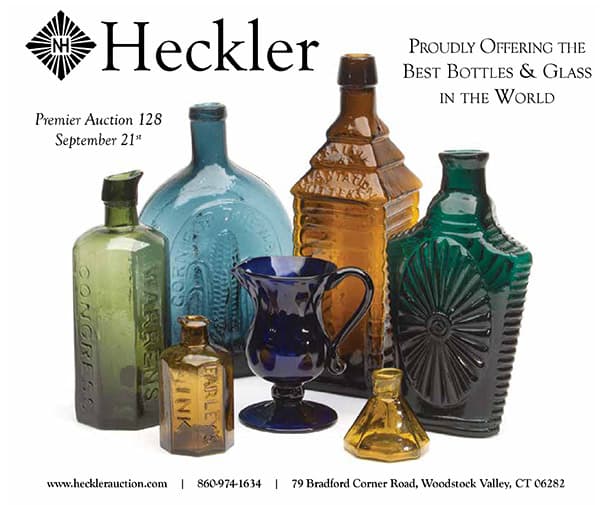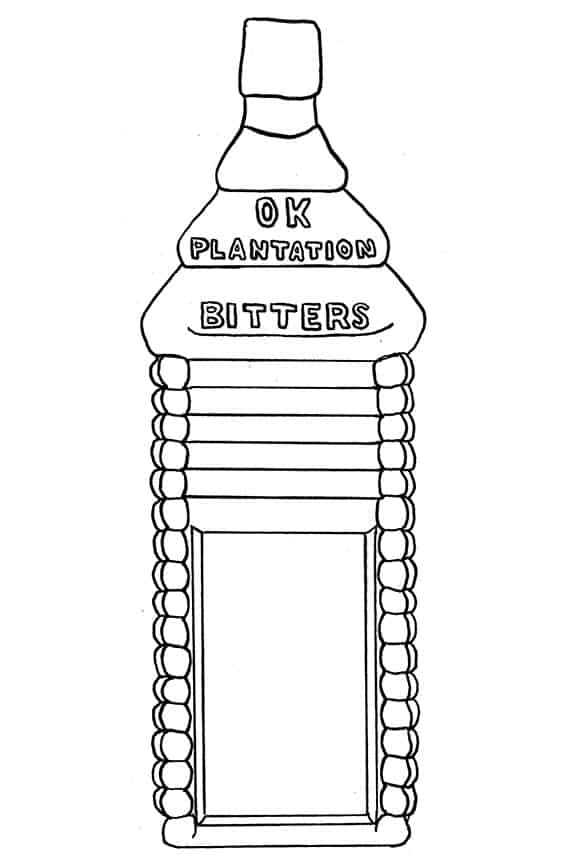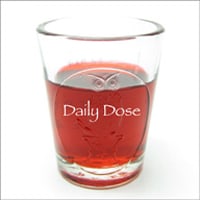October | 2 0 1 5
Friday, 30 October 2015
Wakefield’s Strengthening Bitters from Bloomington Illinois posted by James Viguerie over at Bitters Bottles on Facebook.
Wednesday, 28 October 2015
Here is a CASCARILLA BITTERS CO. KANSAS CITY, MO. // WILD CHERRY TONIC. It’s not super rare but you don’t see them to often. (Frank Wicker – Facebook)
Tuesday, 27 October 2015
Ferdinand, Saw this label-only bitters in a shop a few days ago (see attached). I’ve seen one other labeled example over the years but it was on a bottle that was embossed “Clover Medicine Co.” and the label was in much worse shape. Nonetheless, just thought I would share. Best Regards,
Brandon DeWolfe, P.E.
Houston, Texas
Sunday, 25 October 2015
Raining Still. Closing in on 8 inches here at Peach ridge. Here is reference to a very old and unlisted Andrew’s Indian Vegetable Wine Bitters from Maine. Found it while working on a Dr. Solomon’s Indian Bitters post. Ad from Bangor Daily Whig and Courier on Friday, July 24, 1846.
Saturday, 24 October 2015
Hyde’s Home-Made Bitters scan of photograph taken from a 1974 The Sun Magazine (Baltimore, Maryland) article “Bottled History at Hampton“. All bottles in the article were found in the basement of the Hampton Mansion near where I grew up. This bitters is unlisted.
Friday, 23 October 2015
Hunyadi Janos Saxlehneršs Bitterquelle – with swastika
The formal emblem of the Nazi Party was a German eagle perched above a swastika with wings spread. The bold and clean graphic of this image symbolised the rigid order of Hilter’s regime.
Hi Ferdinand,
I just read your article all about the Bitterquelle bottle, very interesting indeed. I wonder if you have come across a bottle of Bitterquelle that has had a label overlaid as in the image attached? A friend was in the armed forces in Europe in 1945 and said that he got it out of a house in cologne. Many thanks for any help you might be able to give. Kind regards.
Dirk – London UK
Read: Everything’s better with bitterquelle. . .
Thursday, 22 October 2015
Most bitters collectors are familiar with Oxygenated Bitters cataloged as O 99 and O 100. I have three examples myself. When you see an advertisement for Green’s Oxygenated Bitters, it is the predecessor of the “O” listings. The ad below references a Green’s Oxygenated Bitters (R/H G 106 L) sold by Seth S. Hance at 106 Baltimore Street from The (Baltimore) Sun, Wednesday, March 10, 1858. We are talking about George B. Green here. A labeled bitters first.
Read: Oxygenated Bitters – A Sovereign Remedy
Wednesday, 21 October 2015
A nice picture (I cropped in PhotoShop) of a Dr. Bopp’s Hamburger Stomach Bitters jug posted by Steve Ketcham of The Redwing Collectors Society. Steve add’s “Just acquired this keeper! Half-gallon, bottom signed.” Ring & Ham note a 1 gallon and 2 gallon in Bitters Bottles?
The new listing by Bill Ham for the forthcoming Bitters Bottles Supplement 2:
B 161.6 METZGER, ZIEN & CO / DISTILLERS / ST. PAUL, MINN. / SOLE AGENTS FOR THE U. S, FOR / DR. BOPP’S HAMBURGER STOMACH BITTERS // c //
2 gallon jug, 1 gallon jug, and 1/2 gallon jug sizes
Red wing pottery, grey handled jug, black lettering opposite handle
All jugs similar in appearance
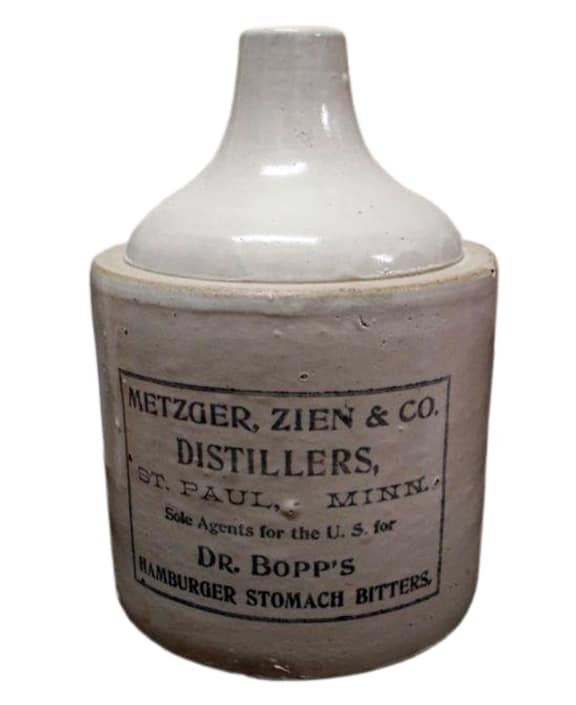 Ferdinand, here is a Dr. Boveedod’s Bitters sign. It is listed in the Ring Ham Supplement
Ferdinand, here is a Dr. Boveedod’s Bitters sign. It is listed in the Ring Ham Supplement
Book. I think this is a variant sign. Its much bigger than listed. See ebay Listing – Frank Wicker
The new listing by Bill Ham for the forthcoming Bitters Bottles Supplement 2:
Advertisement
D 81 Dr. J. Bovee Dod’s Imperial Remedy and Wine Bitters
13 3/4 x 19 1/4
Read: Dr. J. Boveedods Imperial Wine Bitters
Tuesday, 20 October 2015
Glass Works Auctions The ‘Colors of Fall’ Potpourri Auction ended last night. A few interesting bitters made an appearance. I like this labeled Curacoa Bitters. Read: Dr. Von Hopf’s Curacoa or Curaco (or Curacao) Bitters
Here is an unlisted bitters that I trust Bill will pick up for Bitters Bottles Supplement 2.
Lot #17: Bitters Decanter, ‘Cadiz / Bitters’ (inside a wreath), (unlisted), American, ca. 1880 – 1890, clear glass, bell form, copper wheel cut lettering and wreath, cut and polished side of lip, shoulder and side of base flutes, 8 1/8”h, polished pontil, tooled mouth.
Monday, 19 October 2015
Frank Wicker tipped me of to this crate end item on ebay. Appears to be unlisted. Yale’s New Hope Tonic Bitters. See Listing Some basic searches for more information are fruitless.
From Bill Ham for upcoming Bitters Bottles Supplrment 2…
Wooden box end
Y 0.7 YALES NEW-HOPE TONIC BITTERS
11 x 10 1/2
Sunday, 18 October 2015 (updated 19 October)
C.A. Bowen’s Old Indian Root Bitters. Looks like another unlisted bitters. “Hi Ferd, this is a label only bitters from my hometown of Gallipolis, Ohio. Have you seen it before?” – Heath Jenkins
Charles Allen Bowen was born on July 11, 1886 in Ohio. His father was James Bowen who was born in Virginia. His mother was Josephine Bowen, born in Ohio. His spouse was Bertha G. Bowen. In 1920, 1930 and 1940 US Federal Census’ he was was listed as a manufacturer of medicines on Vinton Street and then 2nd Avenue in Gallipolis, Ohio. He died on December 6, 1959 in Glendale, Los Angeles County, California. His wife was listed as a “Patent Medicine Saleslady” in 1940.
See BB SUPPLEMENT p 14: B 173.5 L . . . C. A. Bowen’s Old Indian Root Bitters, (indian Chief in full head-dress) Indian Root Bitters Co. Gallipolis, Ohio
Saturday, 17 October 2015
Bottles found recently at the 1616 West Dallas residential project construction site in Houston on edge of downtown. I’ll head over there and check it out!
Friday, 16 October 2015
An unlisted, partially labeled, Kryder’s Celebrated German Bitters. Manufactured by C. H. Kryder, King Street, Lancaster, Pennsylvania. Nolt Collection – Conestoga Auction Company. Read: Dr. Stoever’s Bitters – Lancaster & Philadelphia
The new listing by Bill Ham for the forthcoming Bitters Bottles Supplement 2:
Thursday, 15 October 2015
Advertisement for the famous “Kansas City Queen“.
Tuesday, 13 October 2015
An interesting advertisement for Dr. Taylor’s Olive Branch Bitters from the Reading Times, Thursday, November 19, 1868. Sold by J. K. Taylor & Company. The Ring & Ham listings below. A 12″ tall rectangular bottle?
T 10L … Dr. Taylor’s Olive Branch Bitters
J. K. Taylor & Co. Depot No. 413 Market Street, Philadelphia
12 x 2 3/4 (5 1/4)
Rectangular, Amber, LTCR
Label: [Advertisement] A mild agreeable tonic stimulant stomachic and carminative bitters. Extracted entirely from herbs and roots highly beneficial in dyspepsia, general debility and loss of appetite and an excellent corrective for persons suffering from disorders of the bowels.
Reference to a unlisted bitters. Spanish Cocktail Bitters put out by Huey & Christ in Philadelphia around 1897.
Monday, 12 October 2015
Another unlisted bitters that was in the Conestoga Auction Company auction this past Saturday of the Nolt Collection of Whiskey Memorabilia. The National Blood and Stomach Bitters. The auction house description:
J.A. Miller & Co. Inc., 56 North Queen Street, Lancaster, PA. Paper Label Druggist Bottle. Label reads “National Blood and Stomach Bitters,” 6 1/2″ Condition: Good, with label loss.
Sunday, 11 October 2015
An unlisted bitters that I came across while researching John Rohrer in Lancaster, Pennsylvania City Directories. From 1867, Watkins’ Celebrated Bitters.
Another killer unlisted bitters that was in the Conestoga Auction Company auction yesterday of the Nolt Collection of Whiskey Memorabilia. The Surgeon Haller’s Canteen Bitters sold for $10,000 plus 21% auction house premium. The auction house description:
VERY RARE A.A. Myers, Amber Bottle, Lancaster, PA. Embossed on Three sides with Paper Label on Fourth Side. Paper Label reads, “Surgeon Haller’s Canteen Bitters” with Two Long Rifles and Hanging Canteen. Embossing on Three Sides reads , ” Canteen Bitters, Lancaster, PA” and an “AAM” monogram with Crossed Rifles. Condition: Very Fine, with minor loss on label.
The new listing by Bill Ham for the forthcoming Bitters Bottles Supplement 2:
C 34.1 CANTEEN BITTERS // AAM monogram with two crossed rifles with hanging canteen // LANCASTER, PA // f //
L . . . Surgeon Haller’s Canteen Bitters, A. A. Myers
Square, Amber, LTCR, Applied mouth, 3 sp, Extremely rare
Saturday, 10 October 2015
Fragment of a very rare Kauffman’s Stomach Bitters from Lancaster, PA. Also watching this today at Conestoga Auctions. Read: Dr. B. H. Kauffman Stomach Bitters – Lancaster, Pennsylvania
Friday, 09 October 2015
Watching the really cool green Canteen Bitters. Come to Papa. Unlisted example in amber too at Conestoga Auctions. Read: Canteen Bitters – John Hart & Co. – Lancaster PA
Friday, 02 October 2015
Nice fall day here in Houston. Working out of Peachridge. Sitting outside with Cooper, my wounded hero. He is getting better every day since he was hit by a car. Coco is in front and Remington is next to Cooper in his harness. He can not walk yet. Walking a dog the size of a bear, using harness handles is a challenge.
Watching the Heckler 128 Auction. Some lots are still open for callbacks. View Auction

